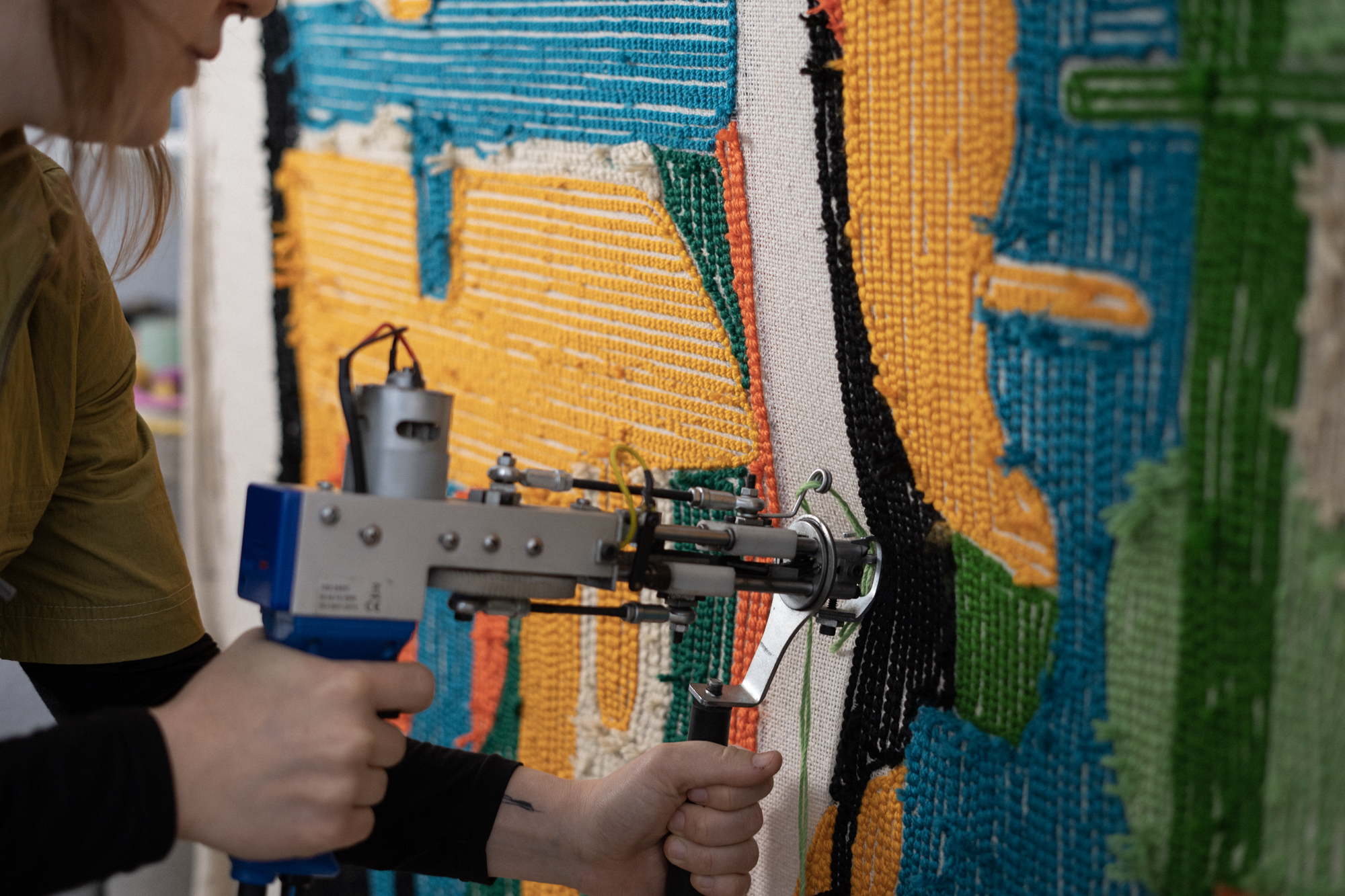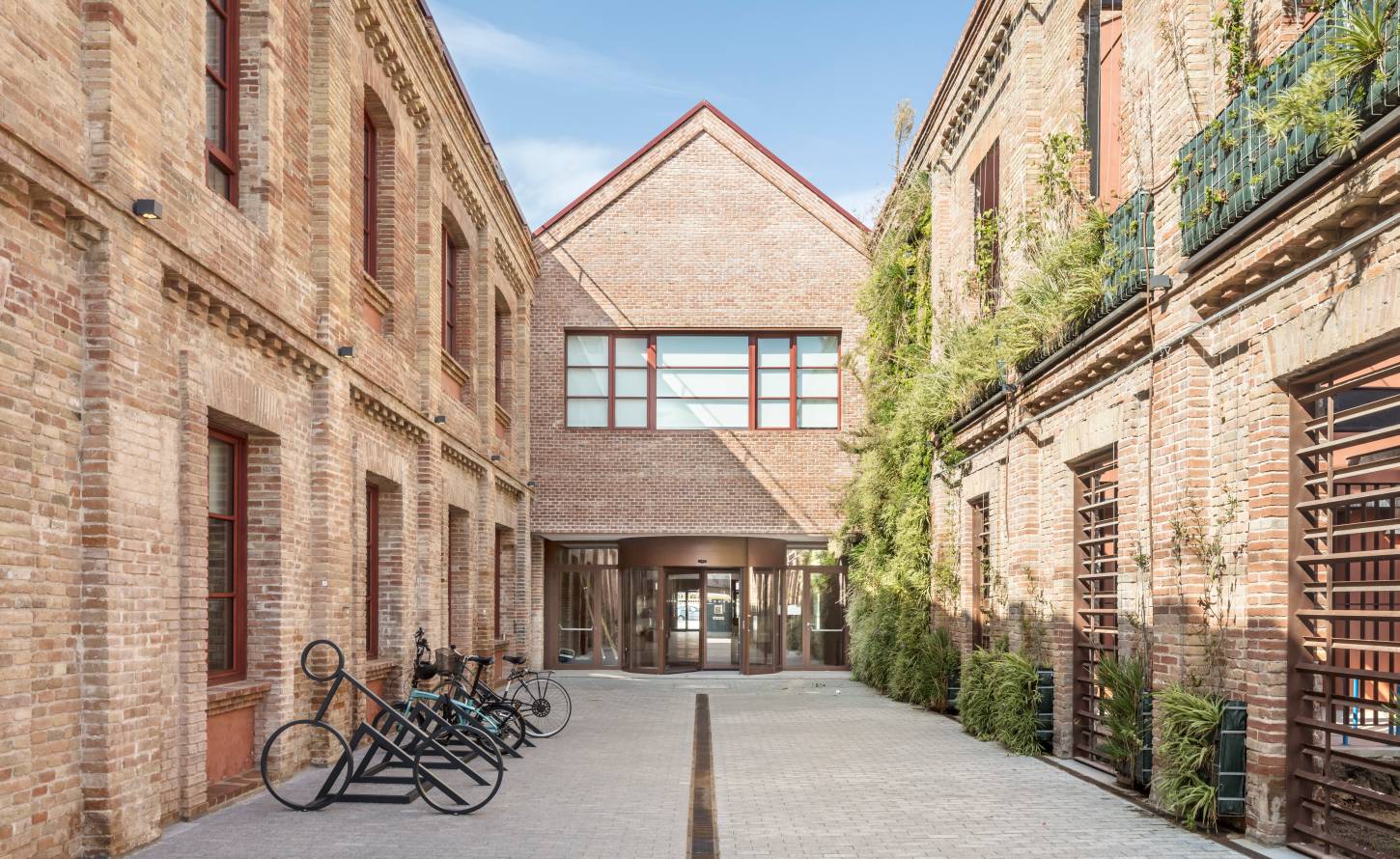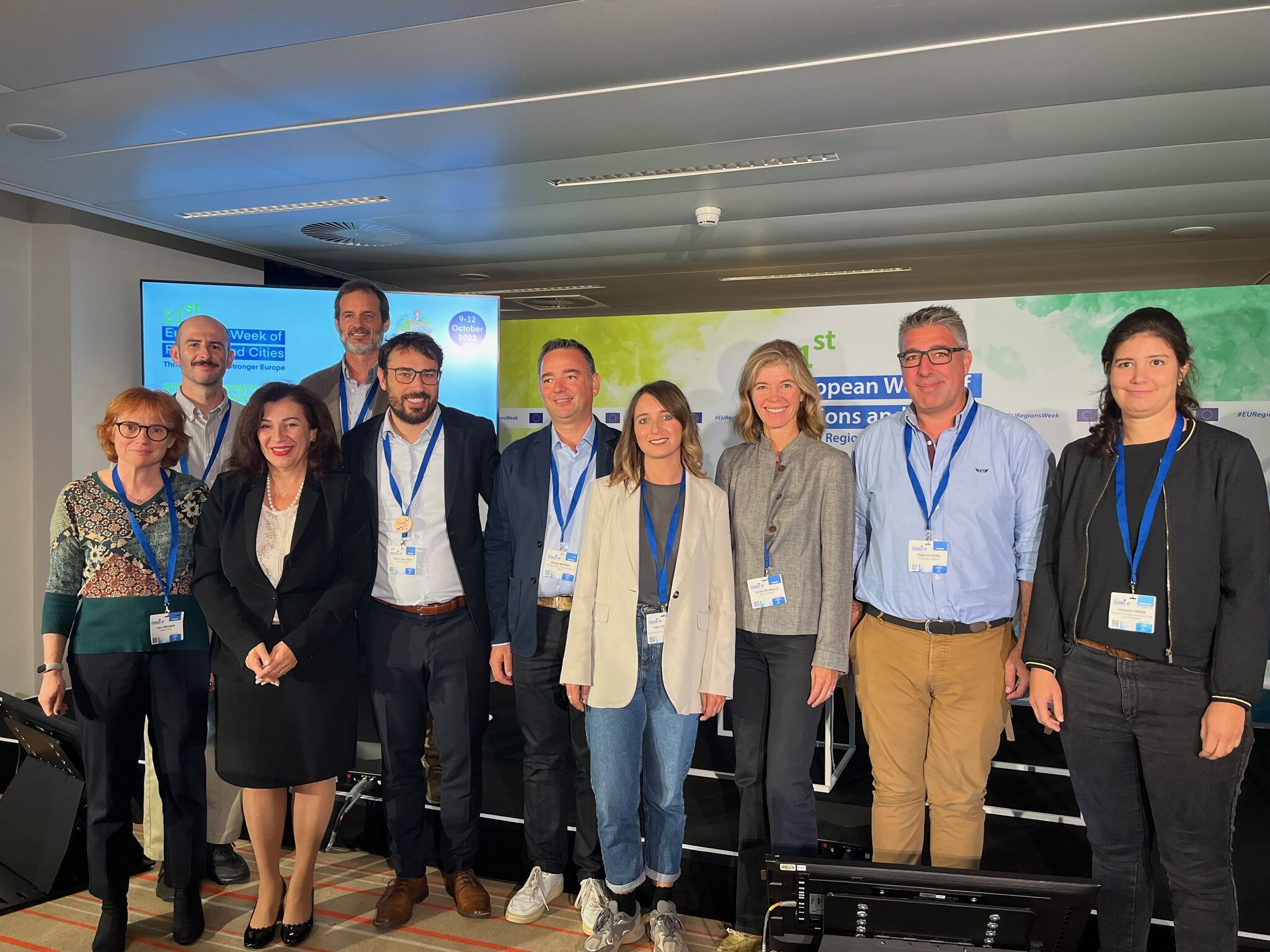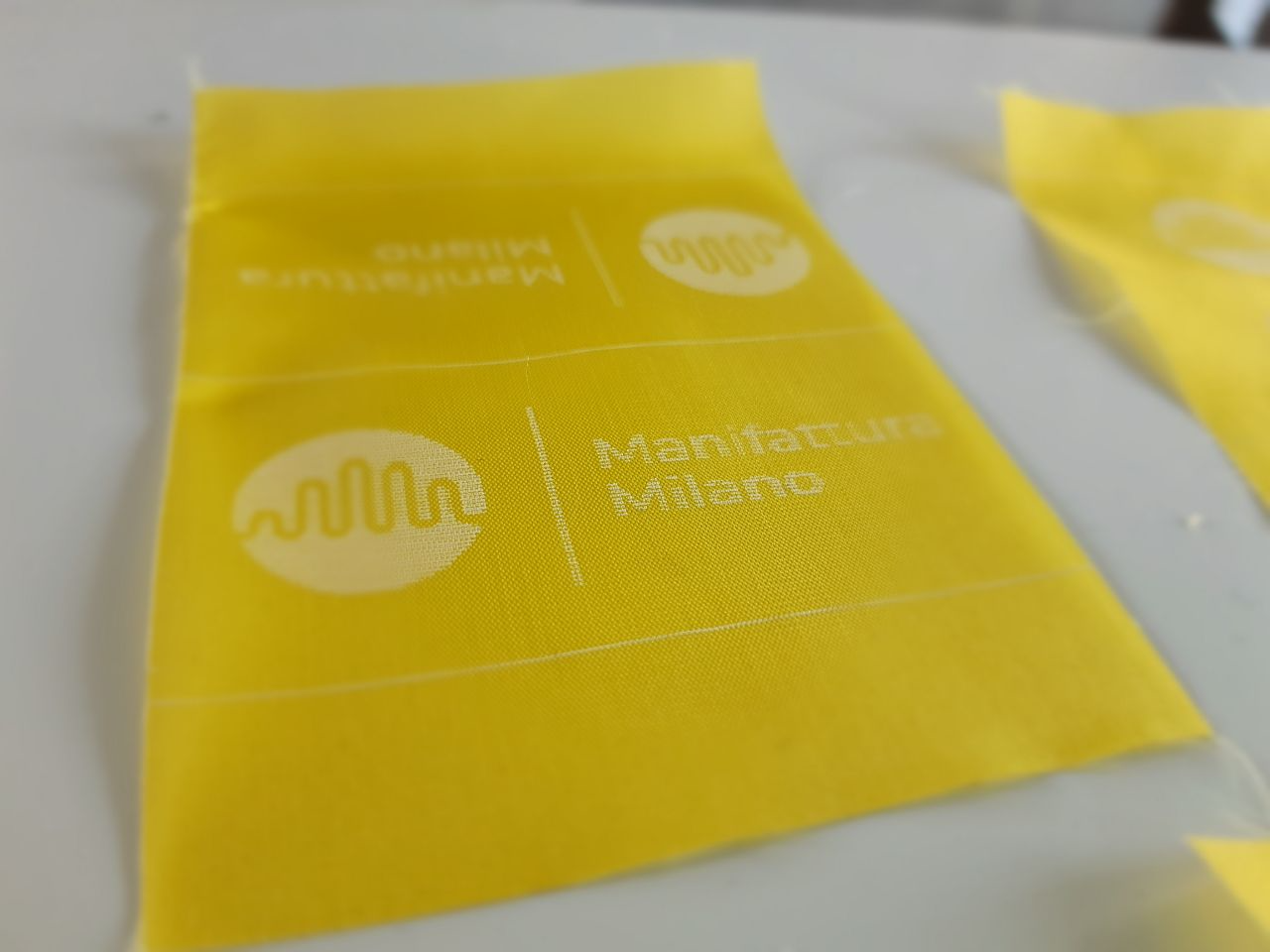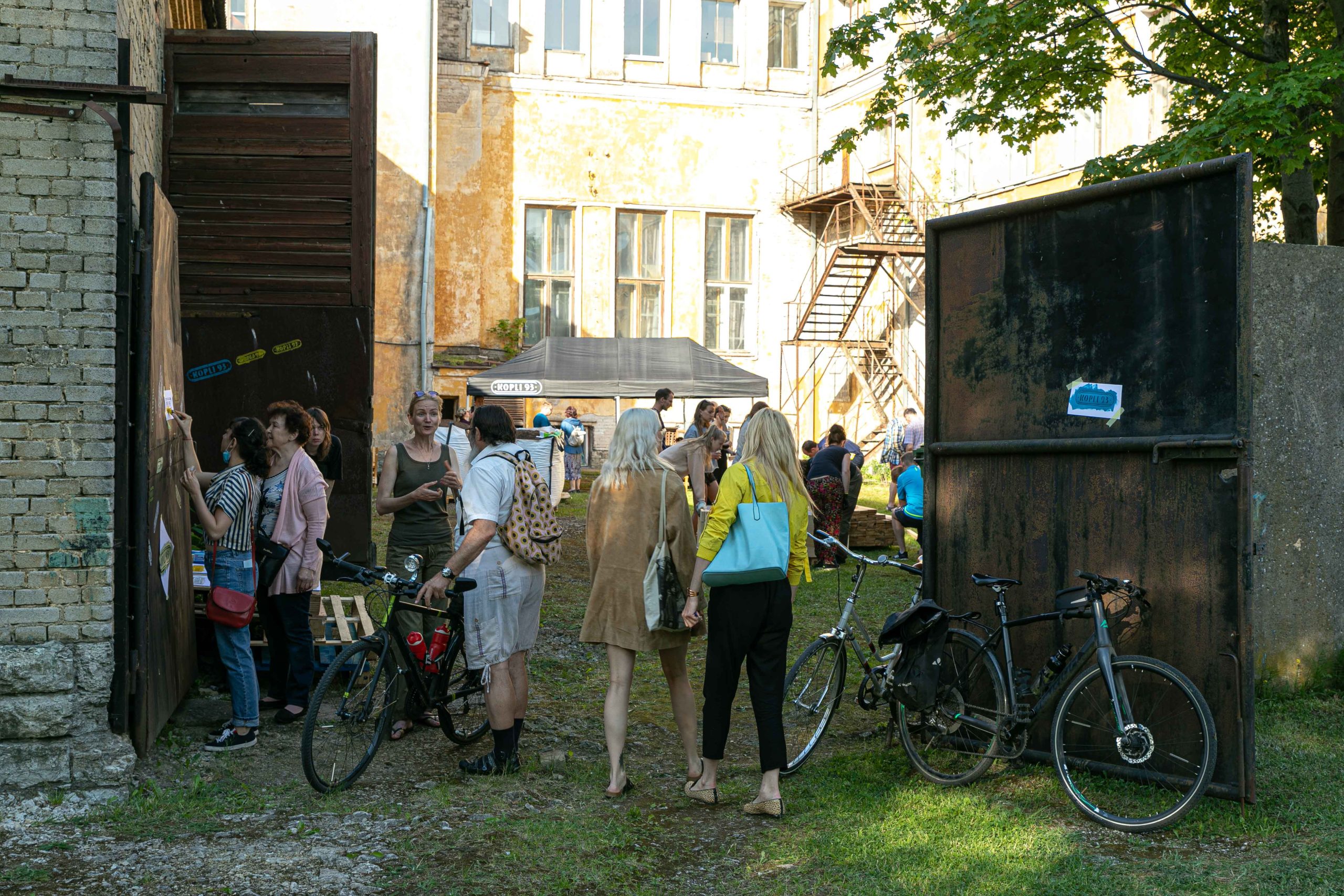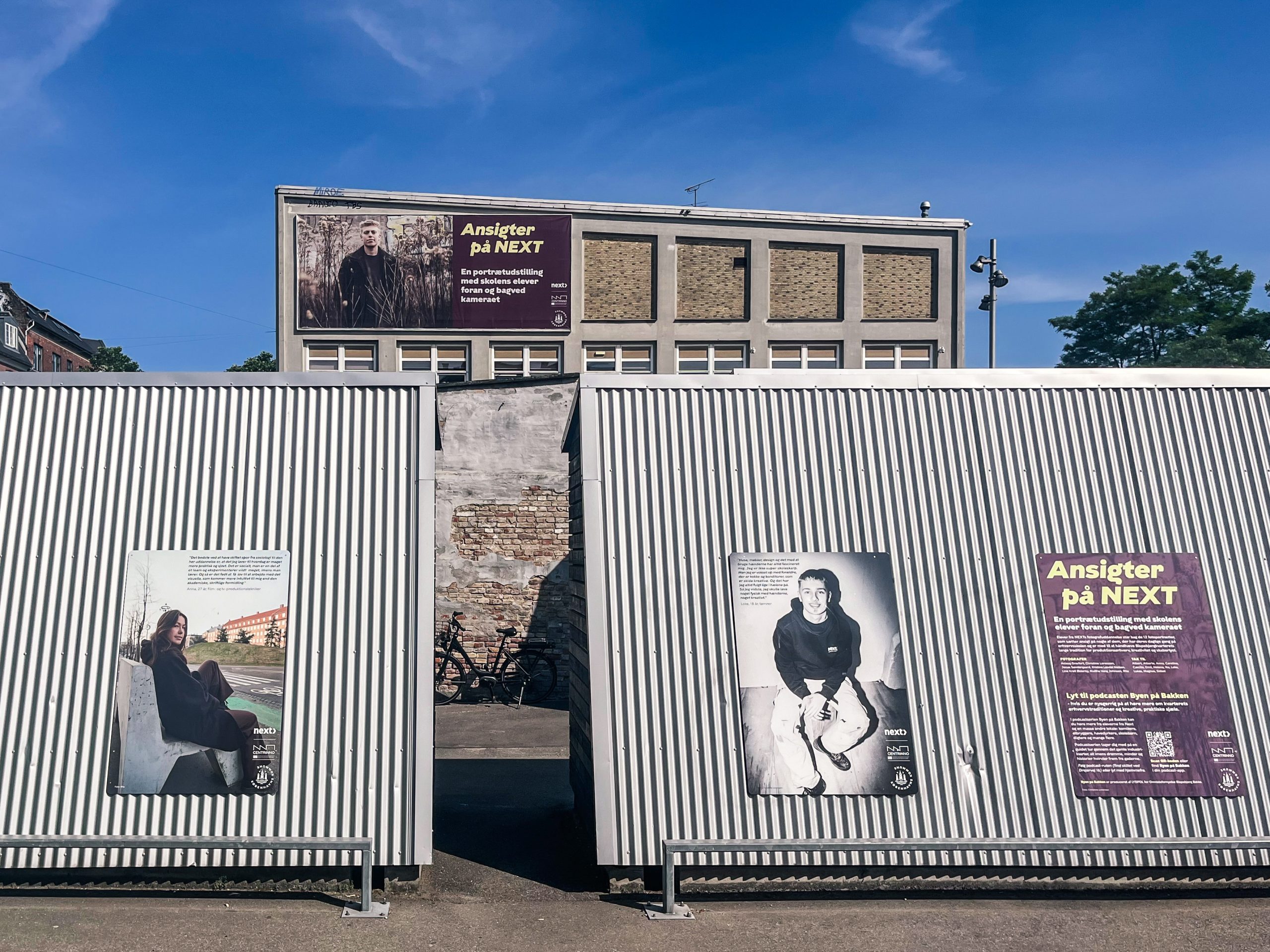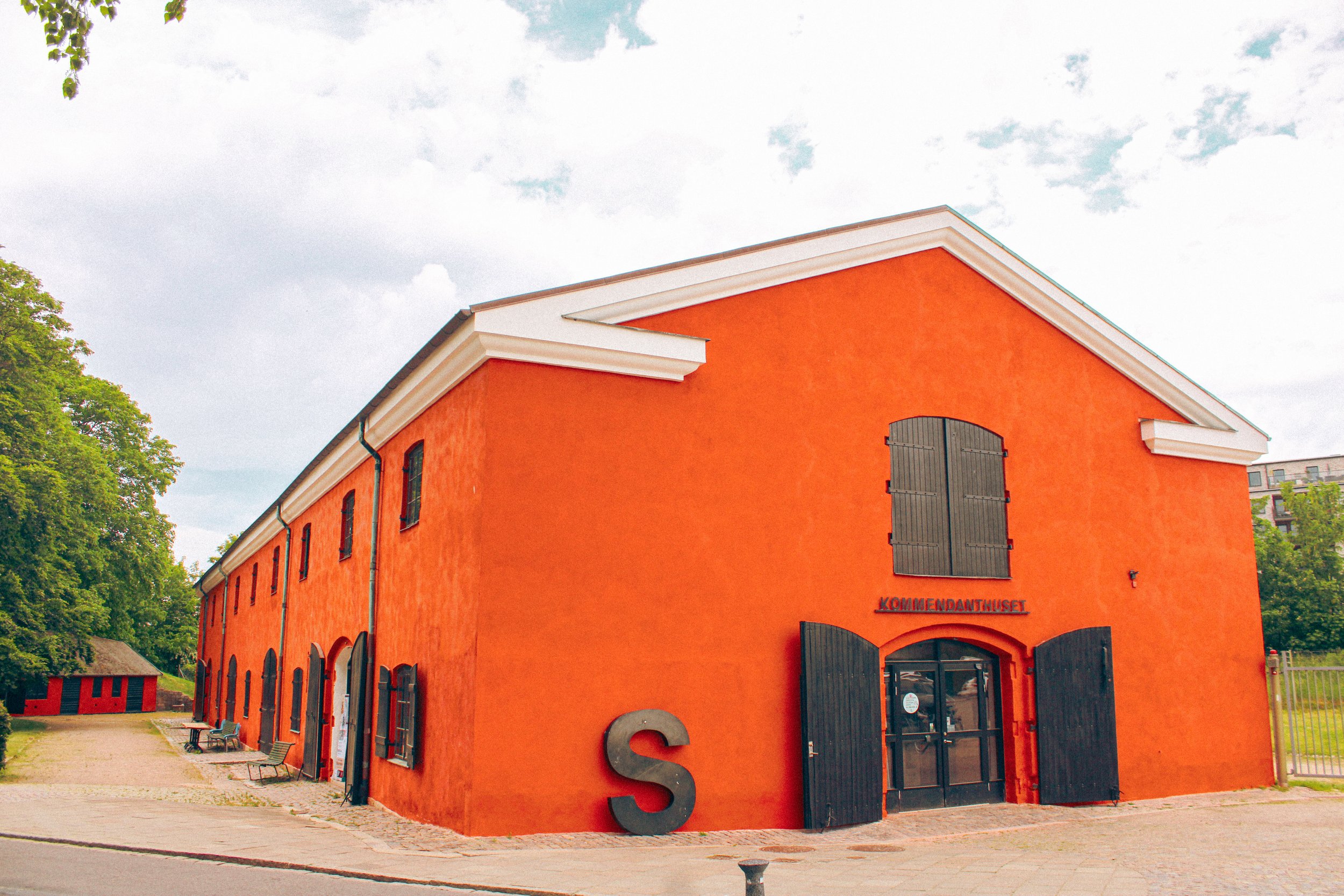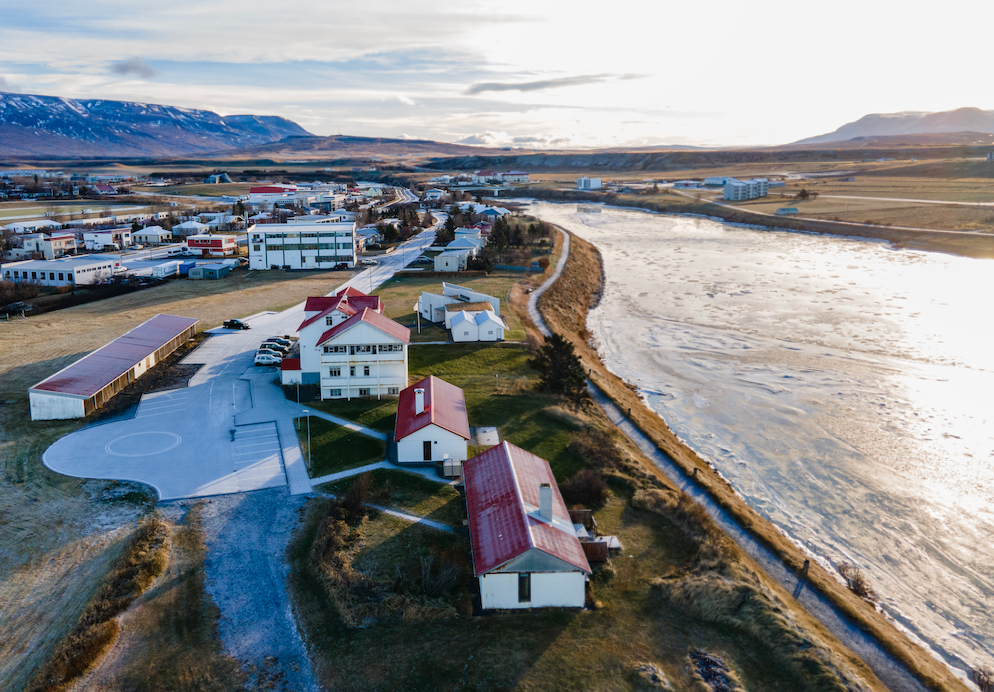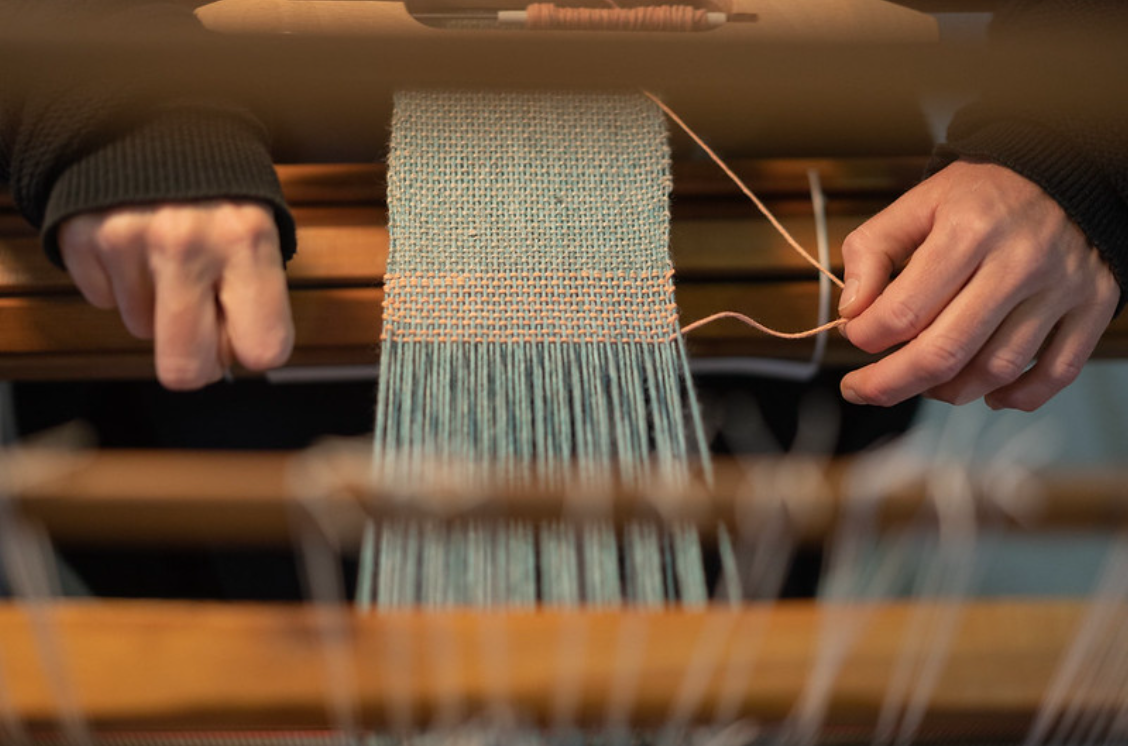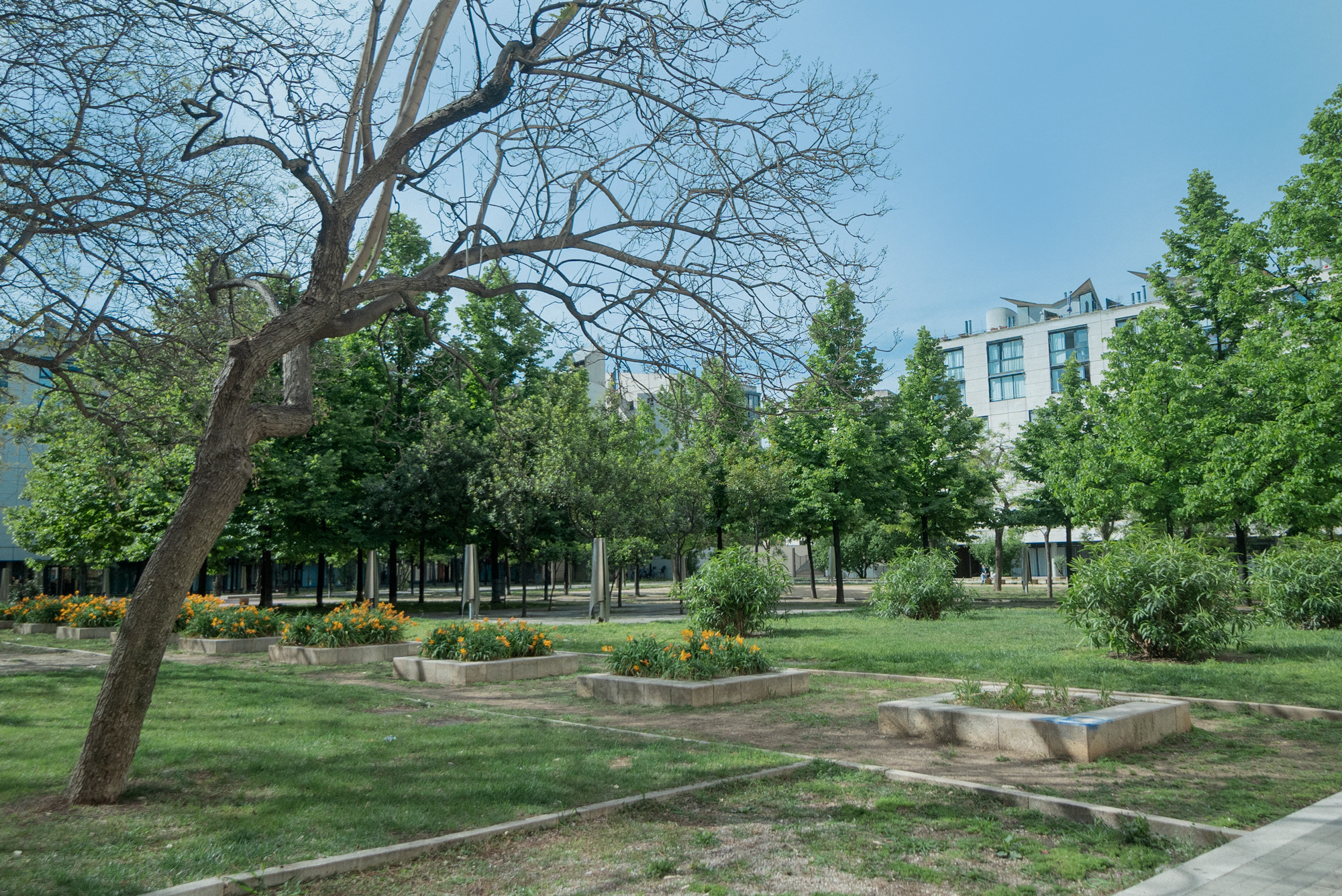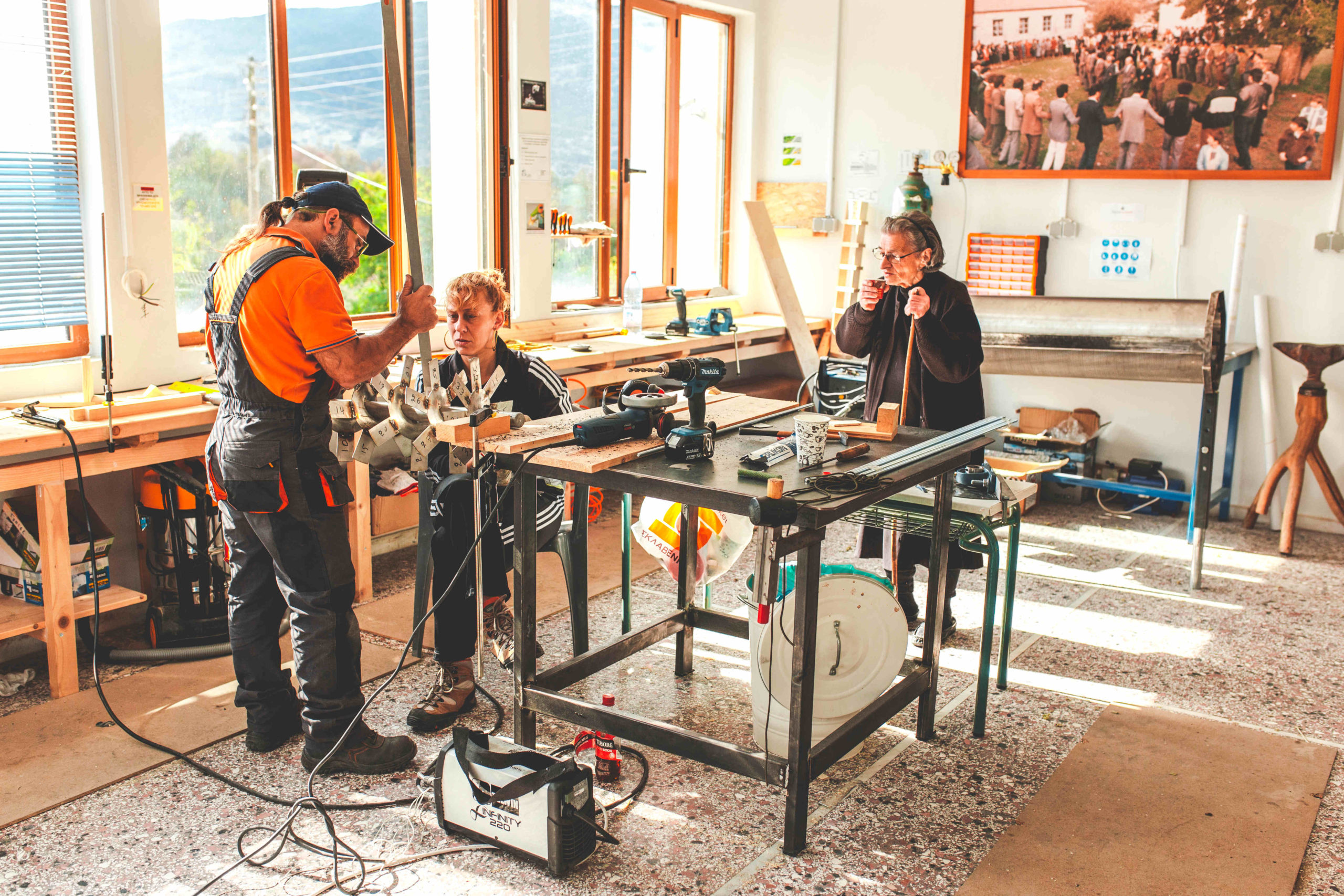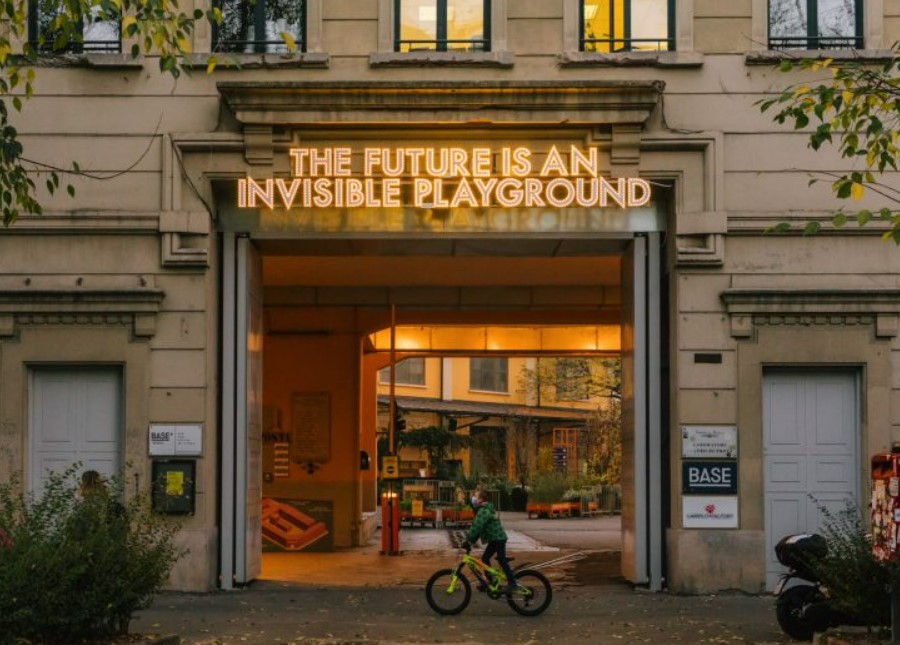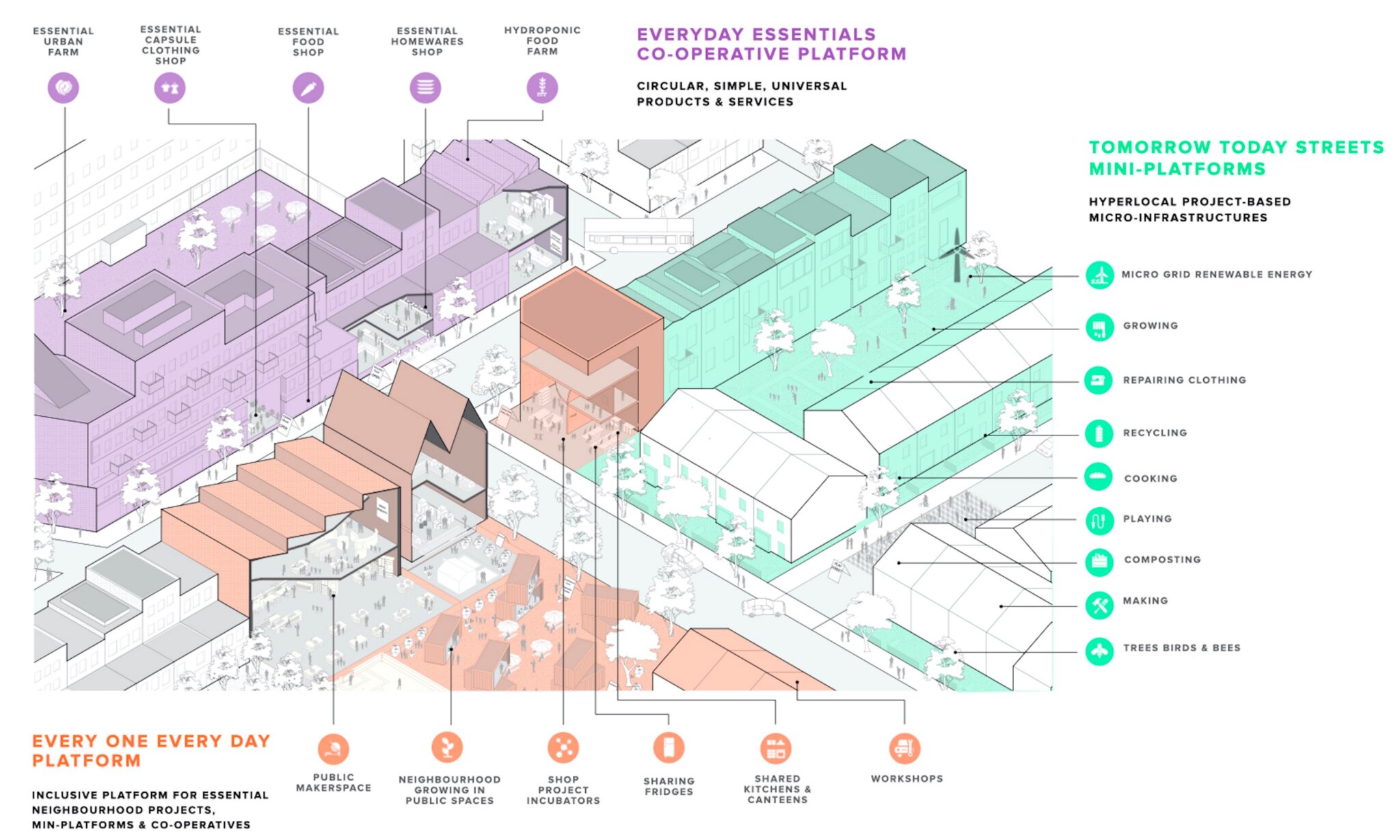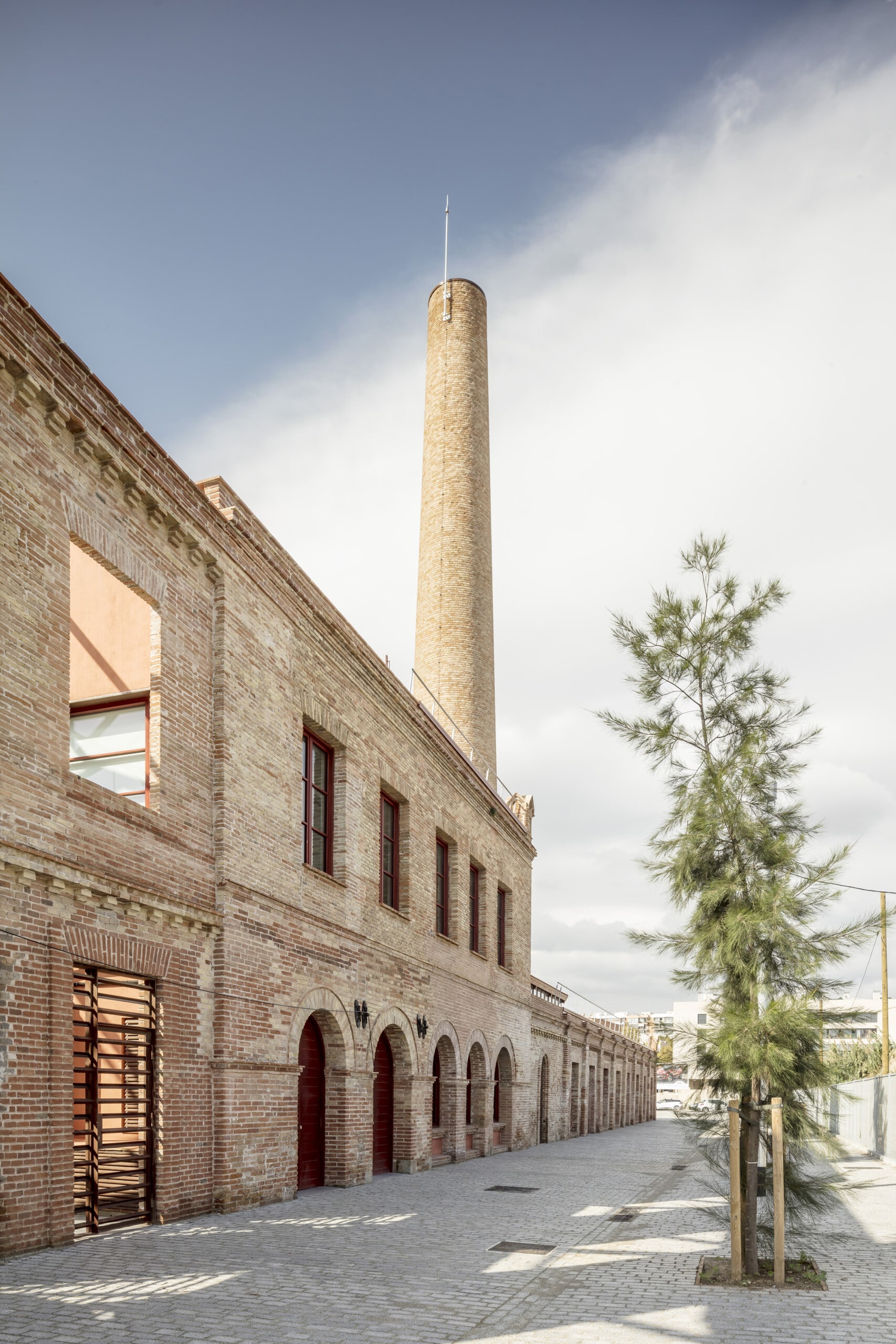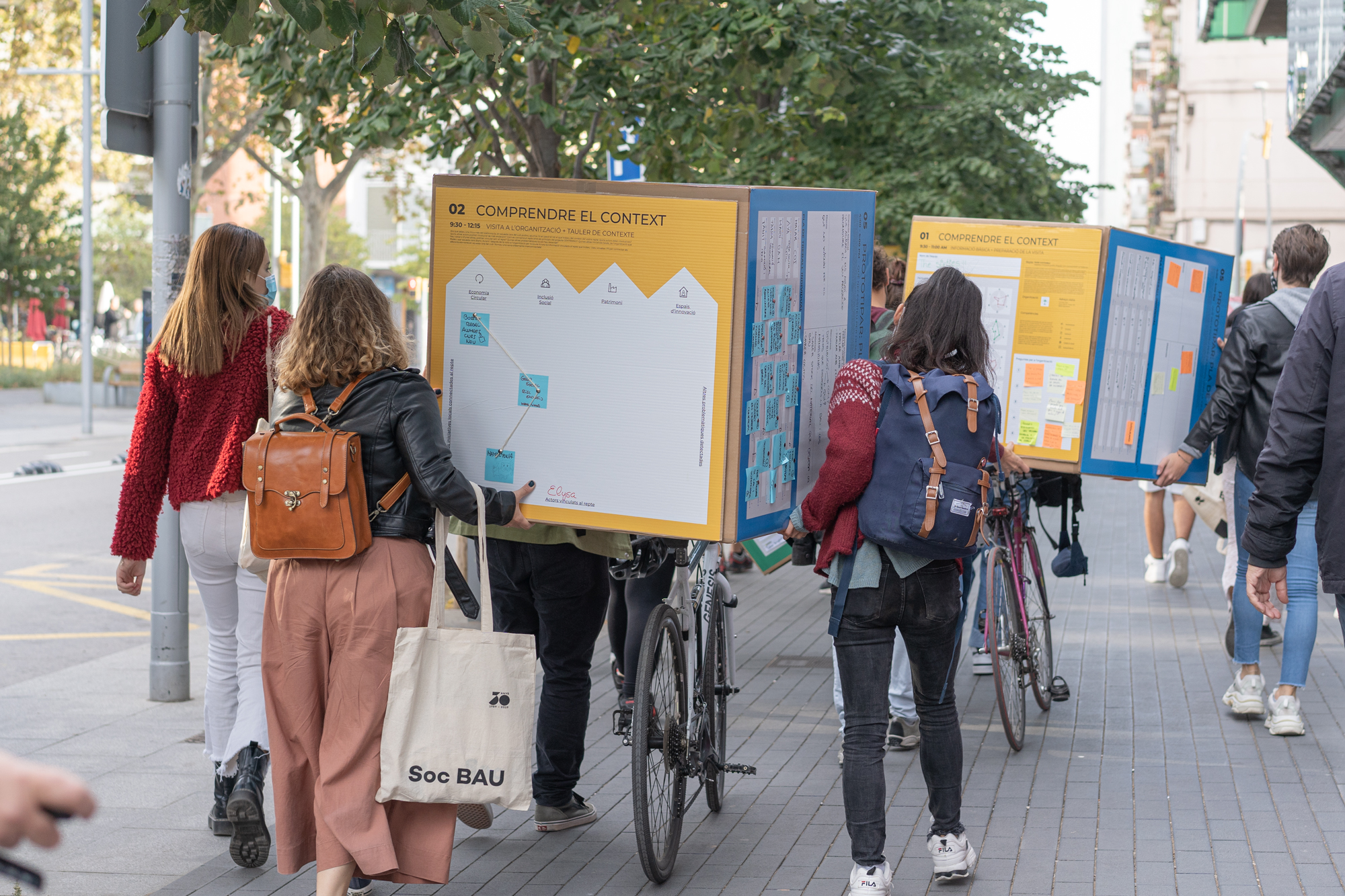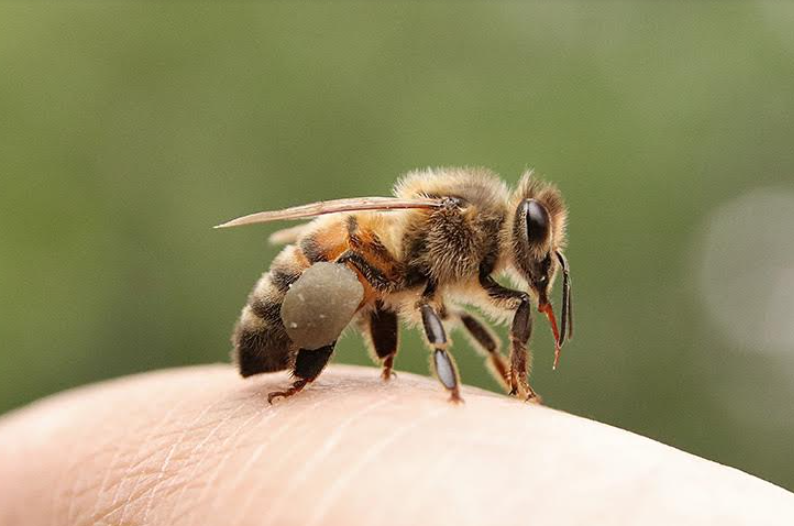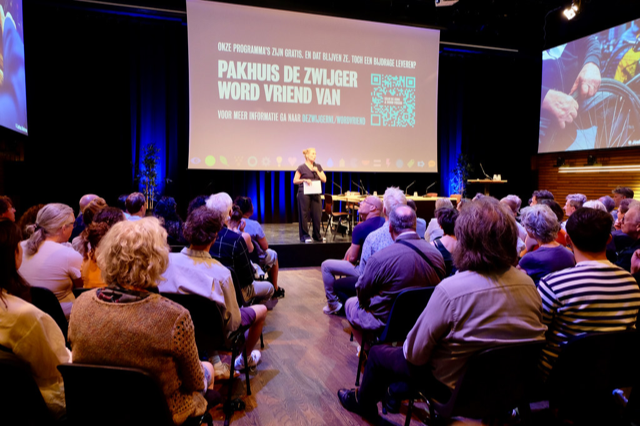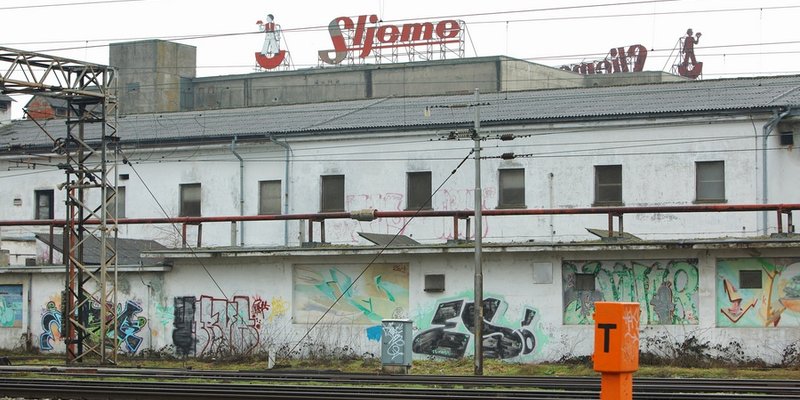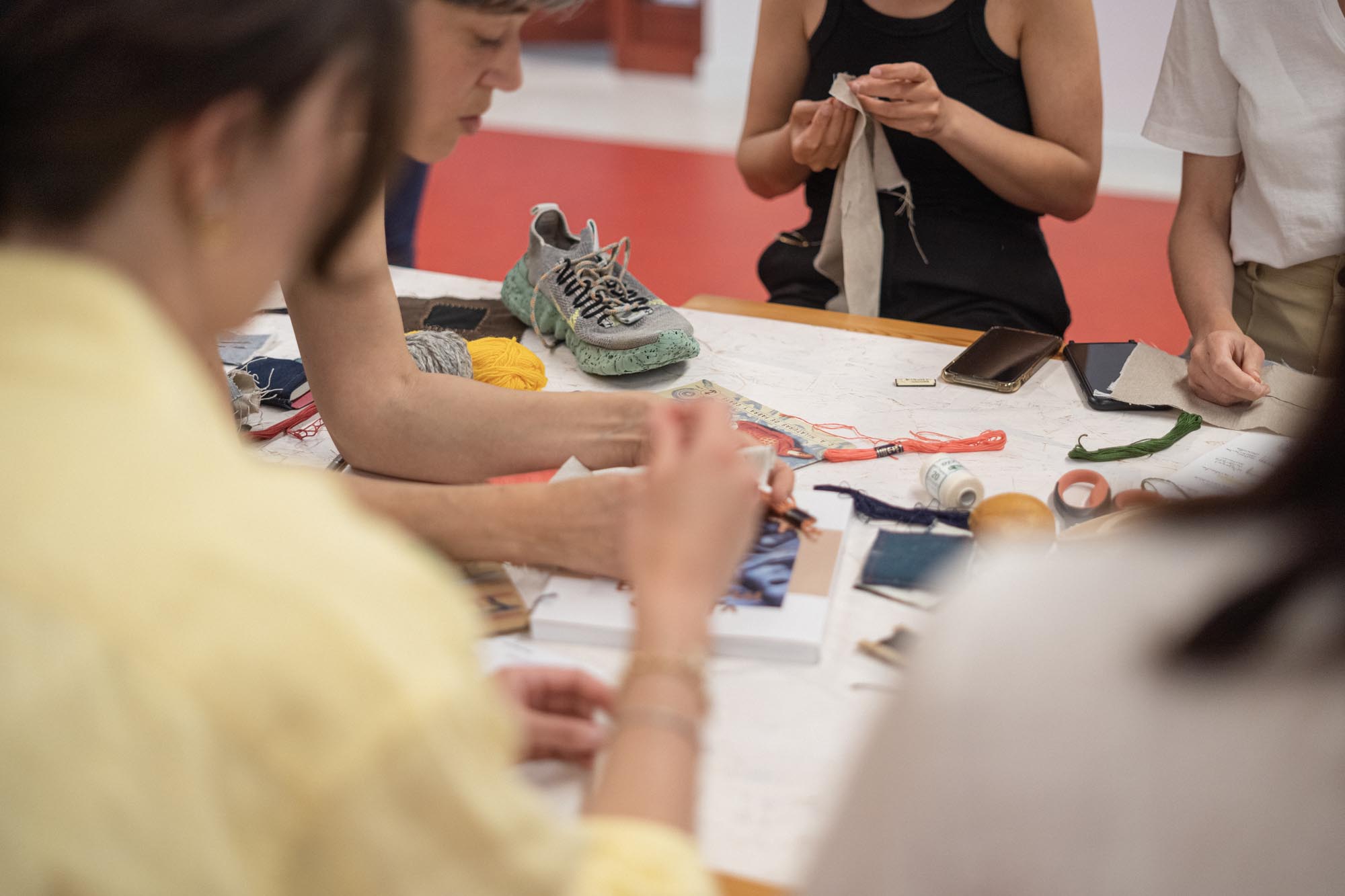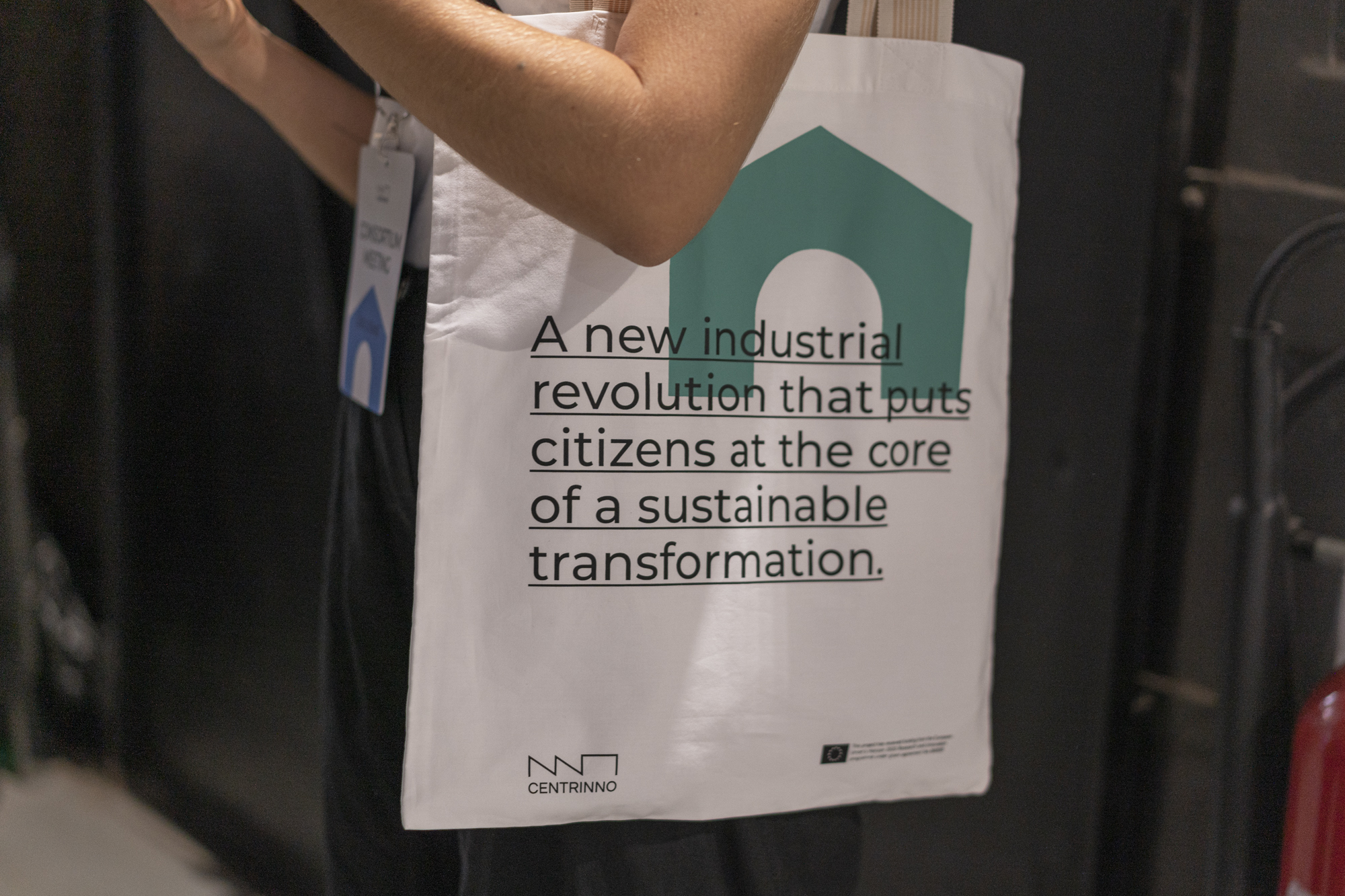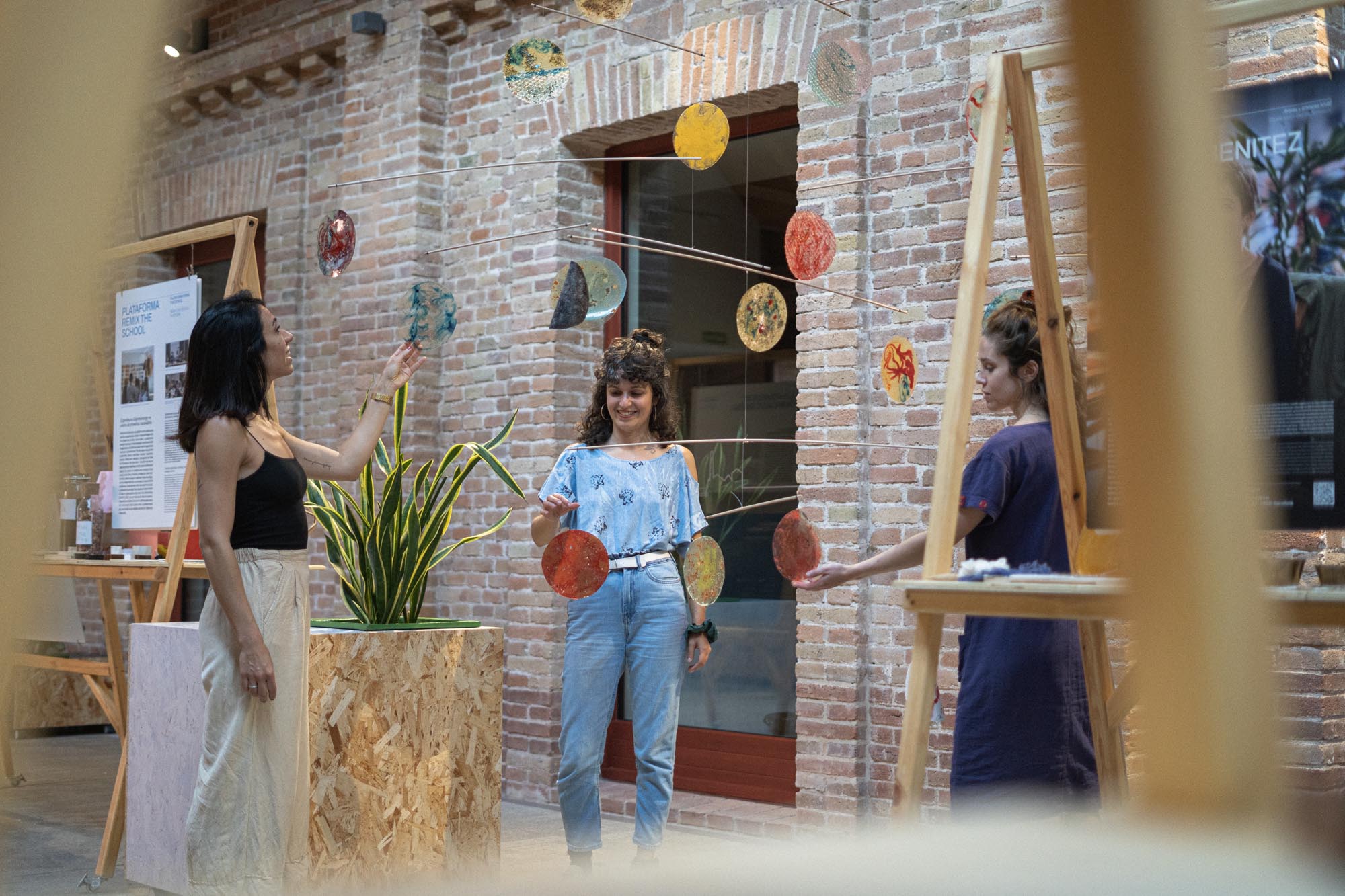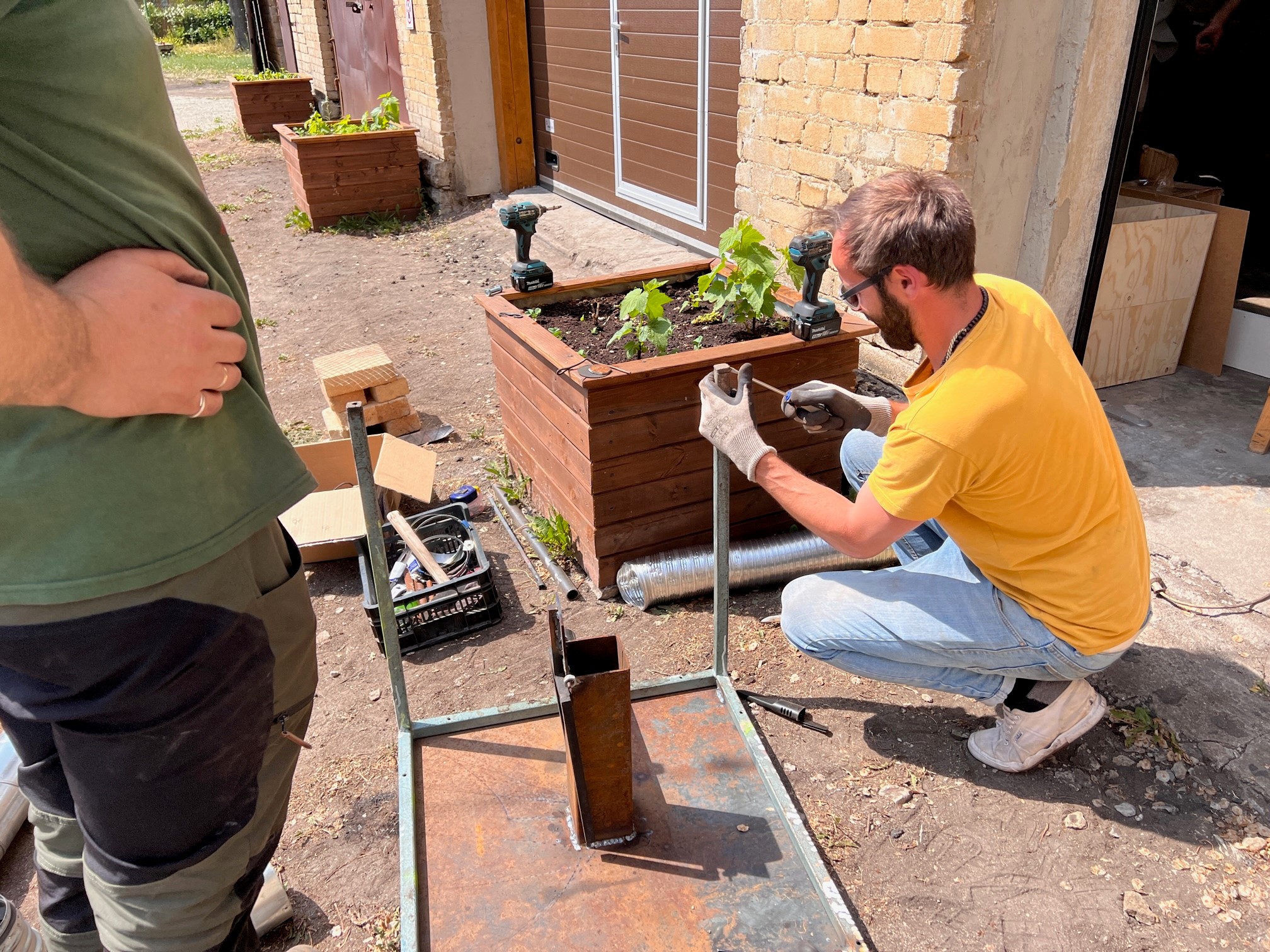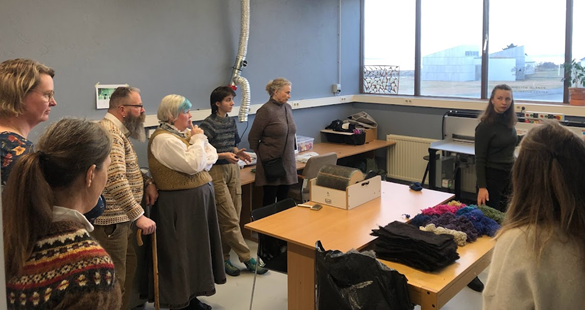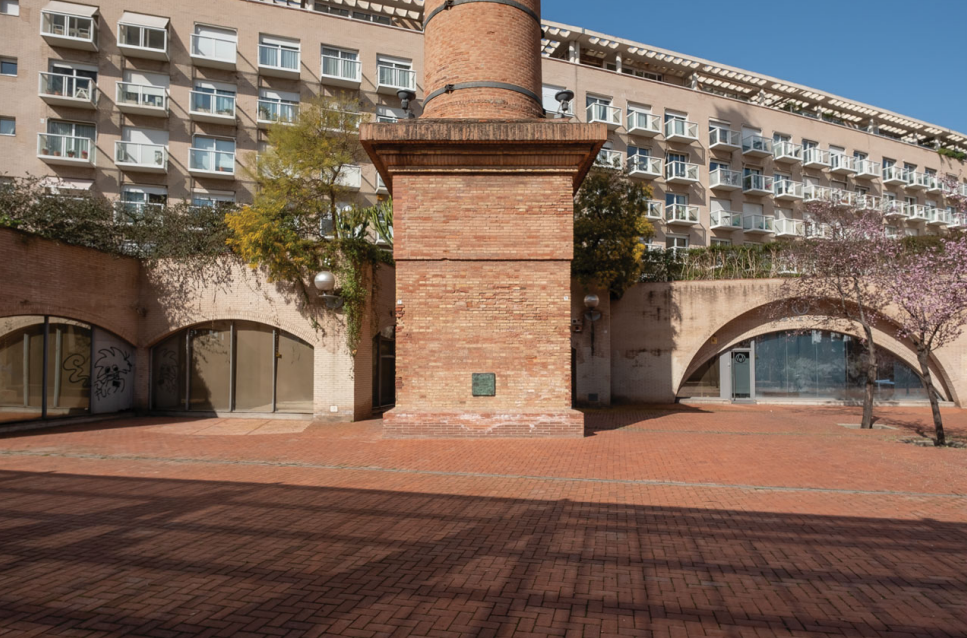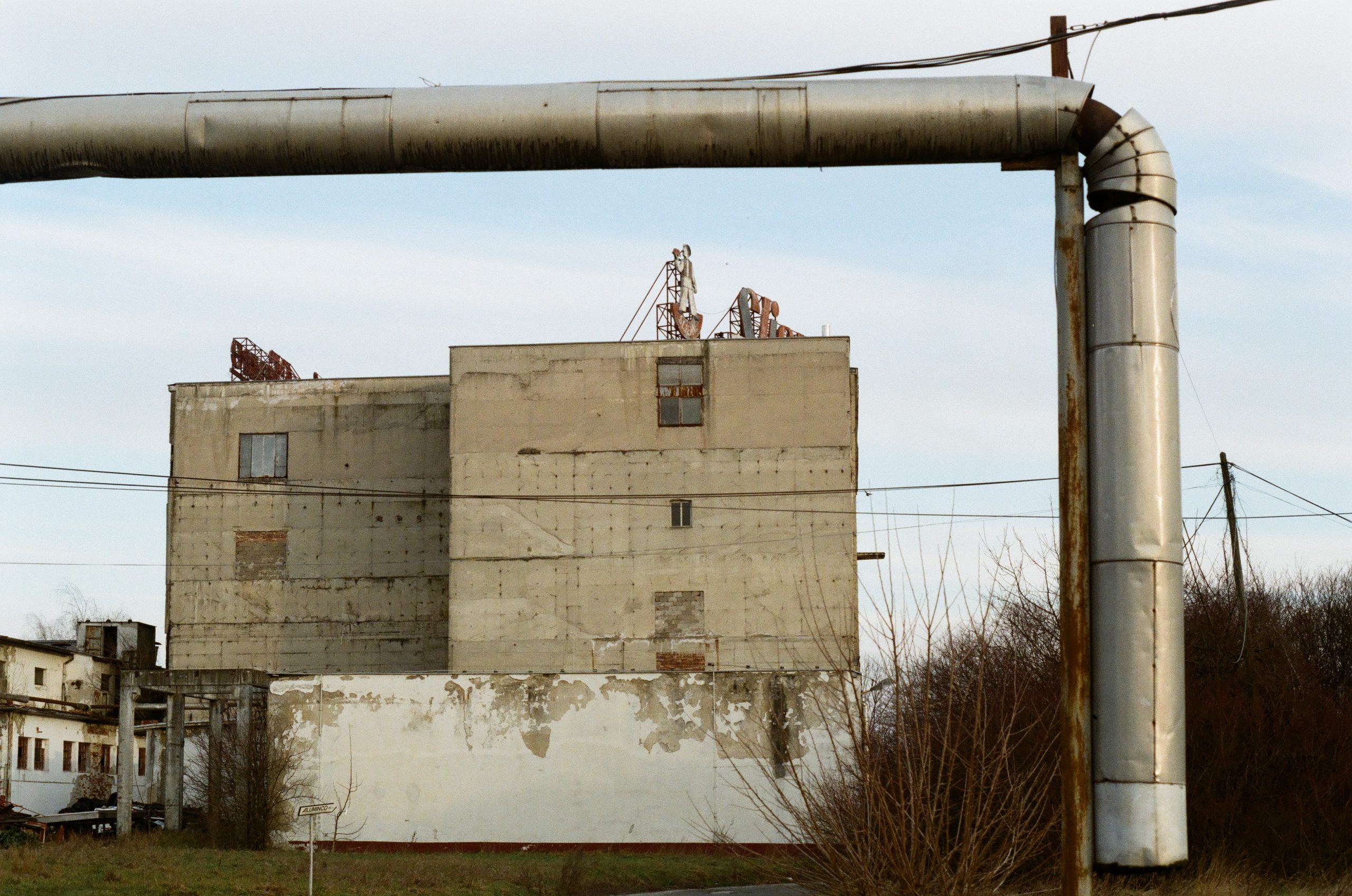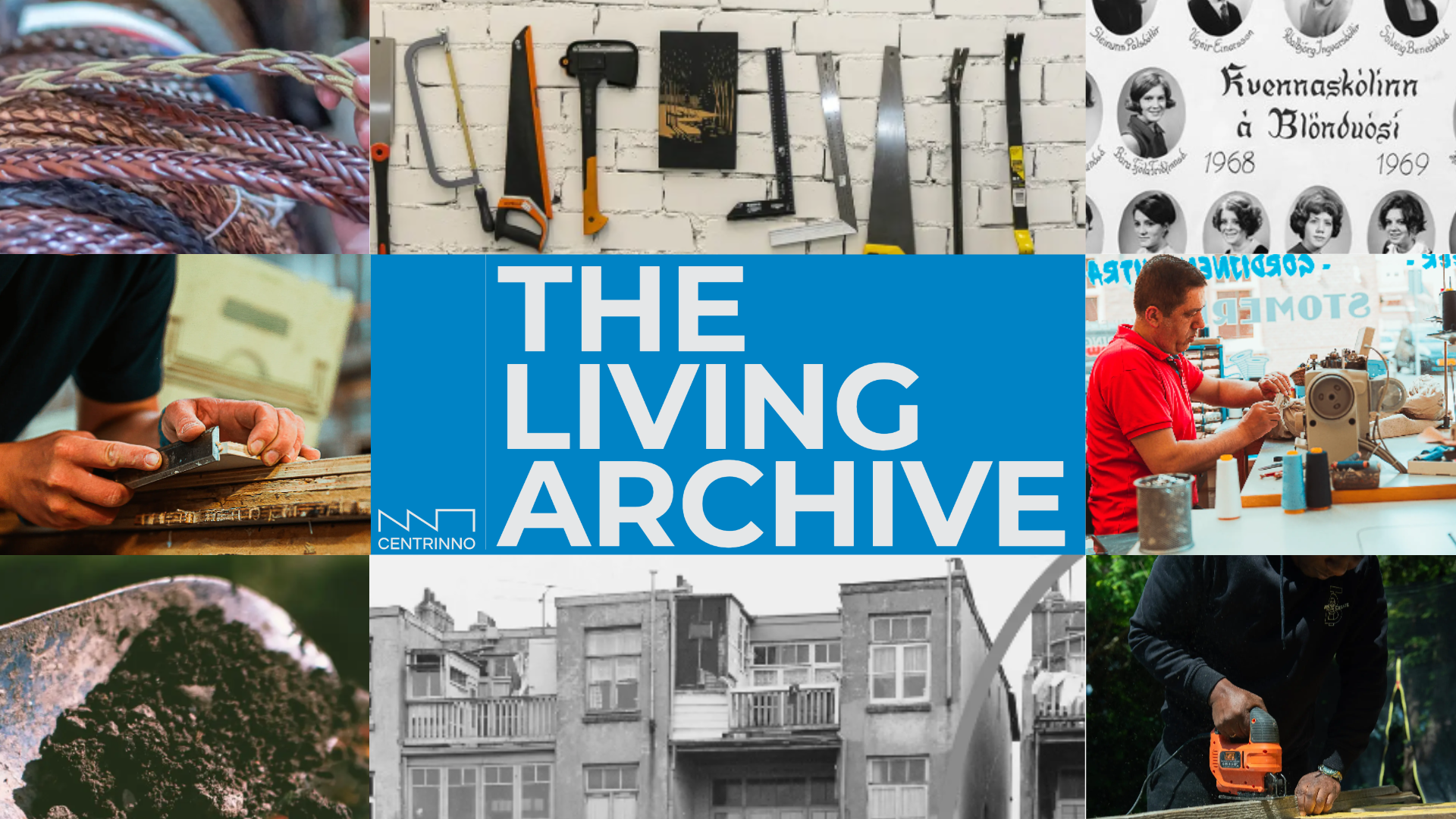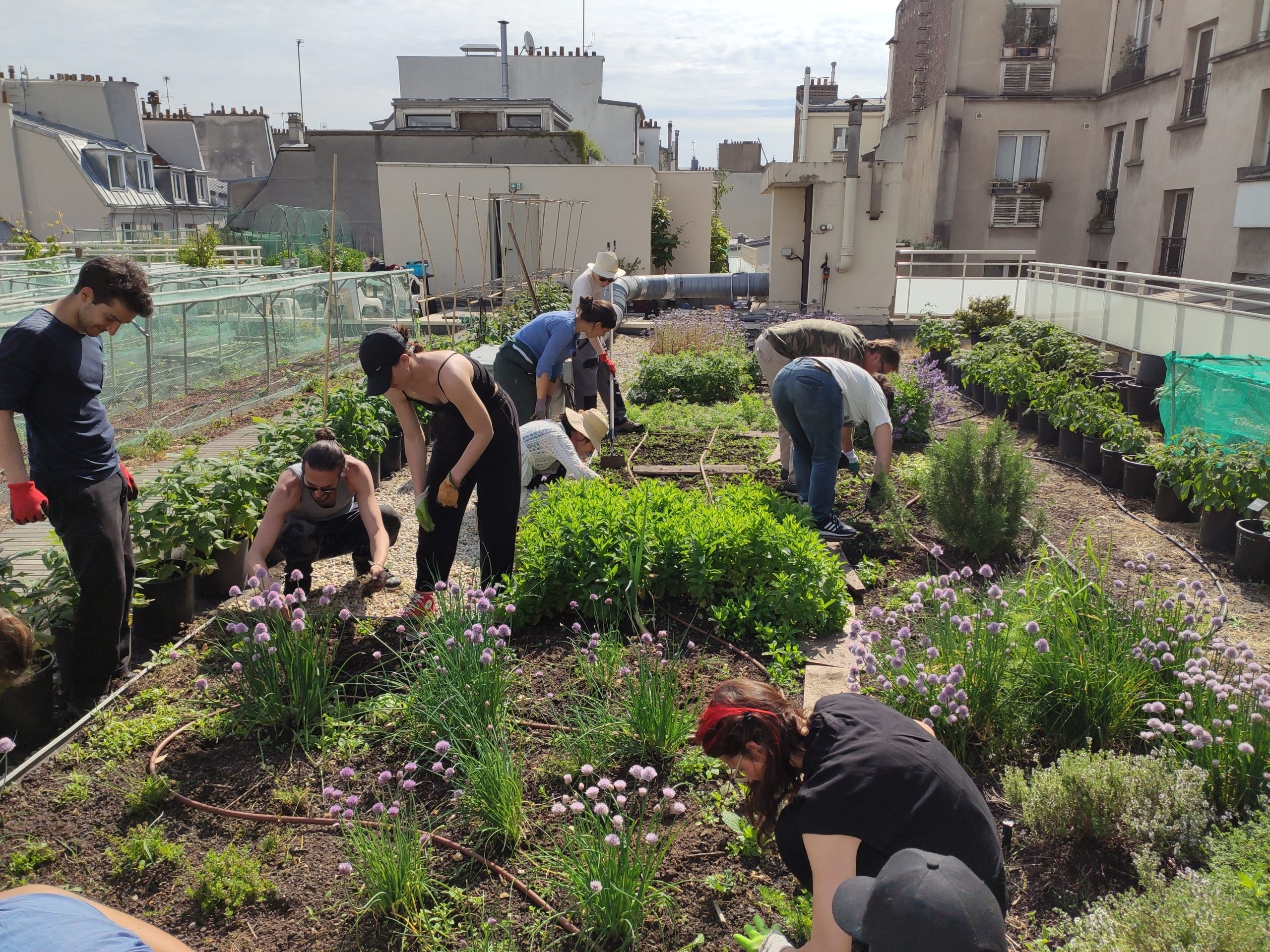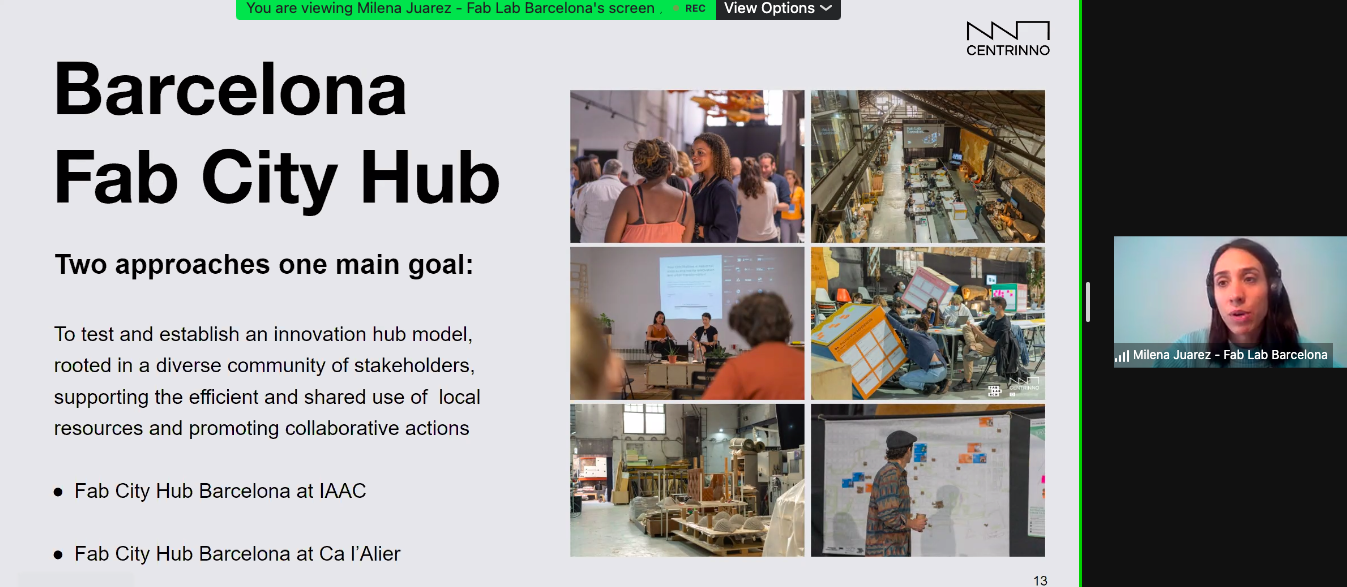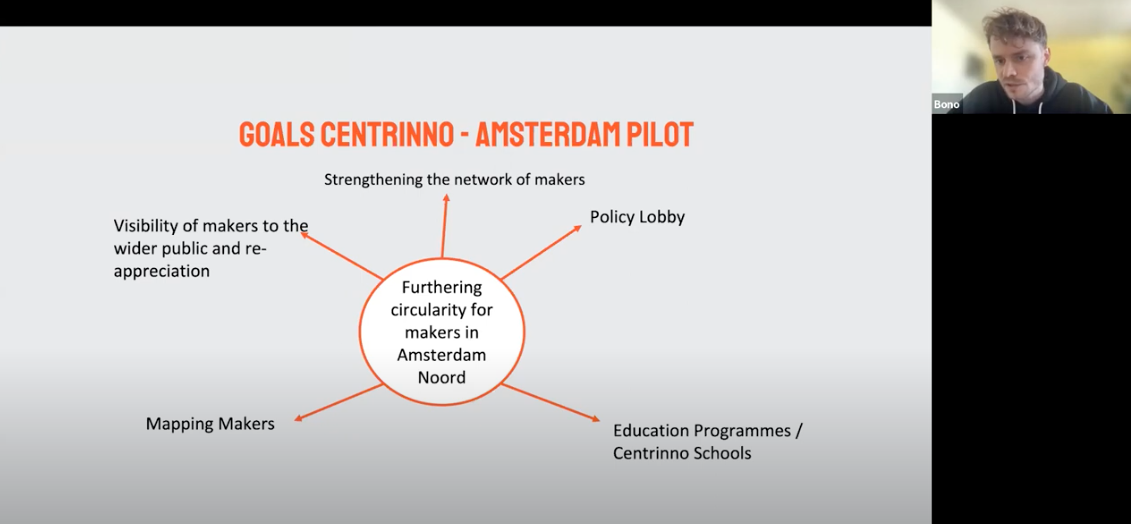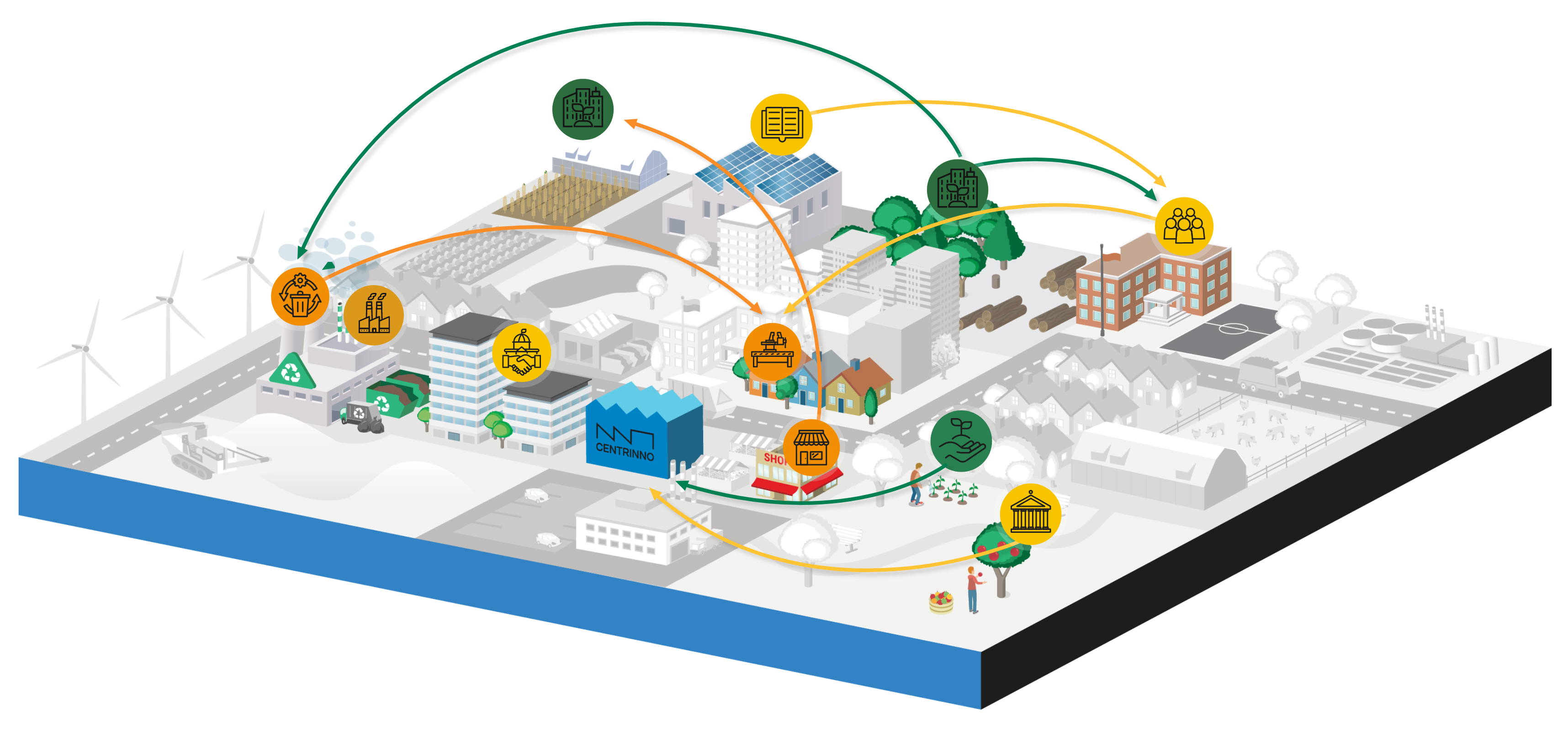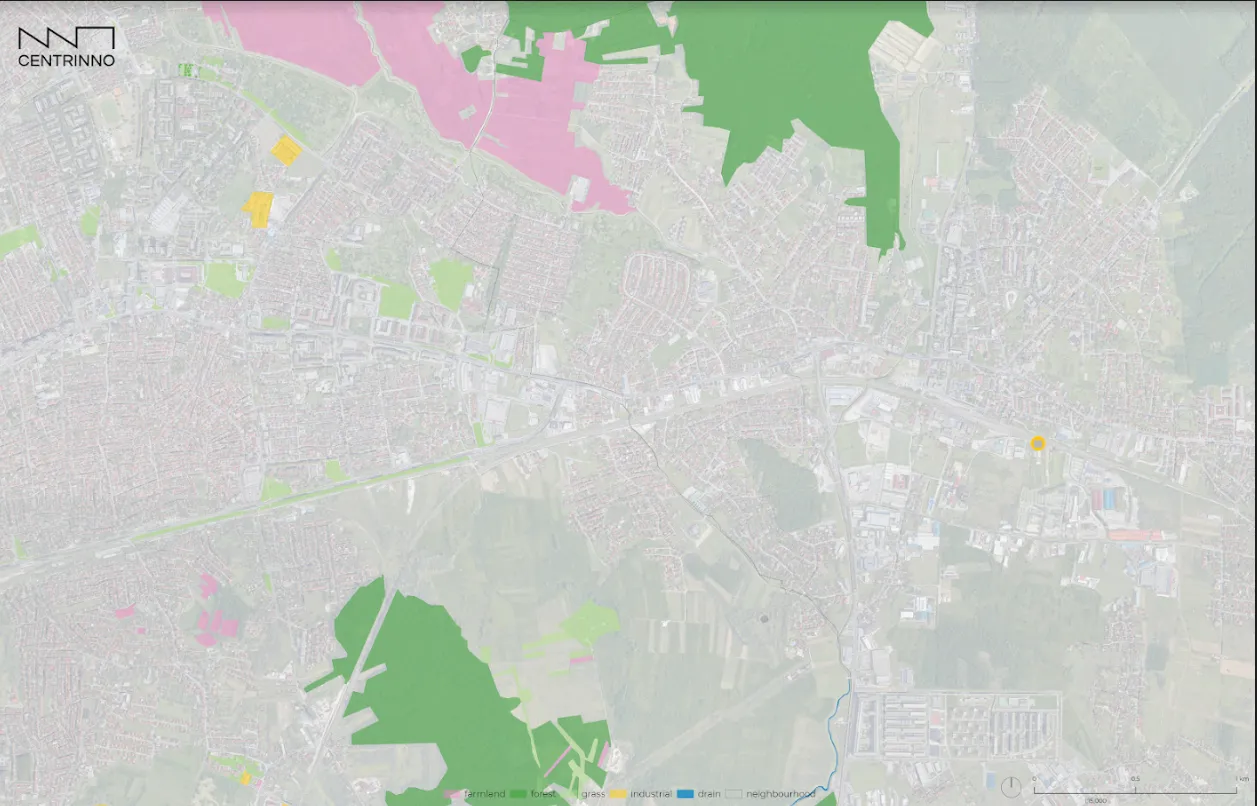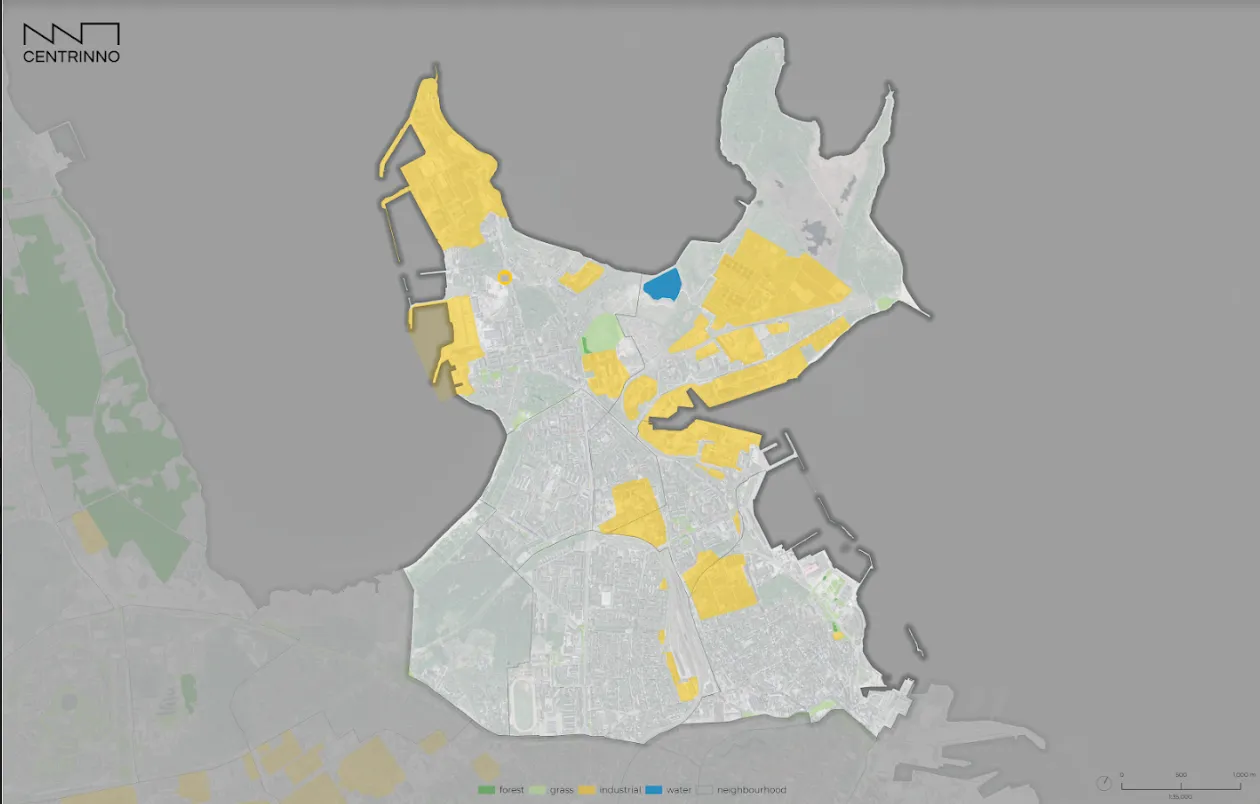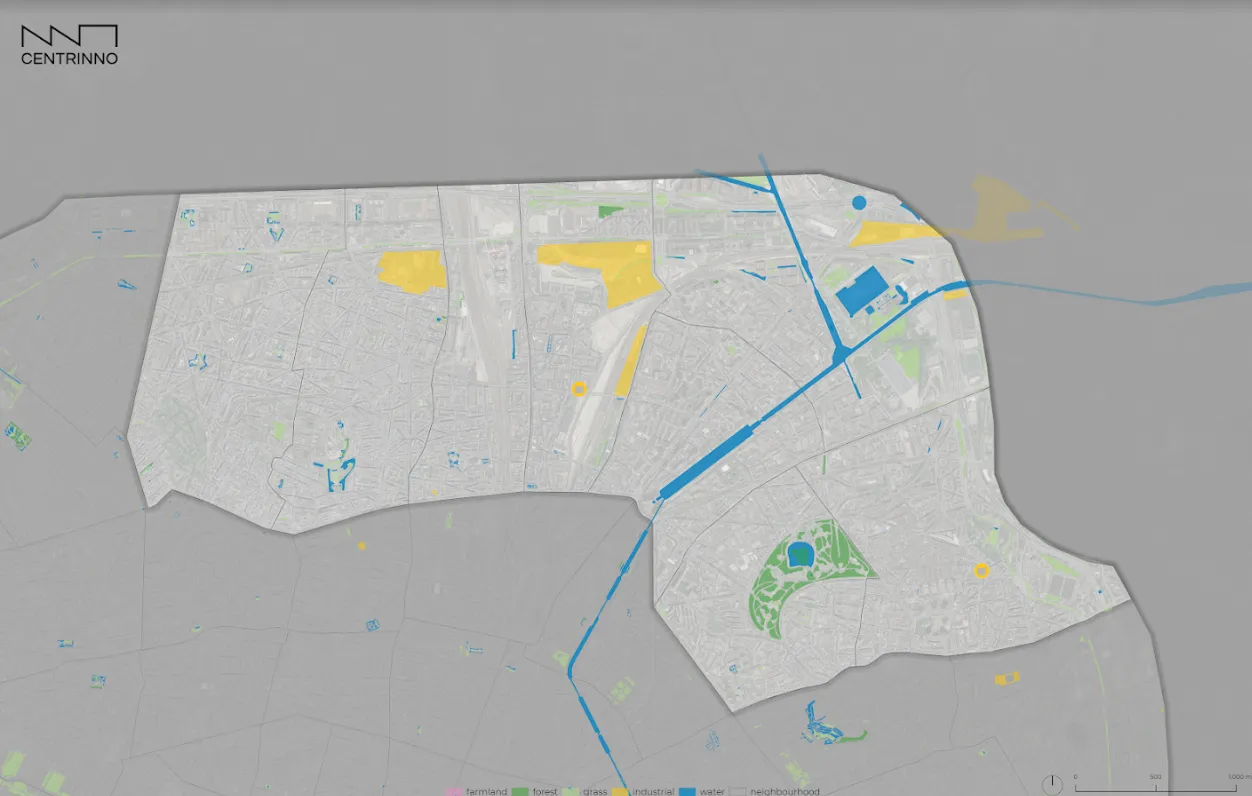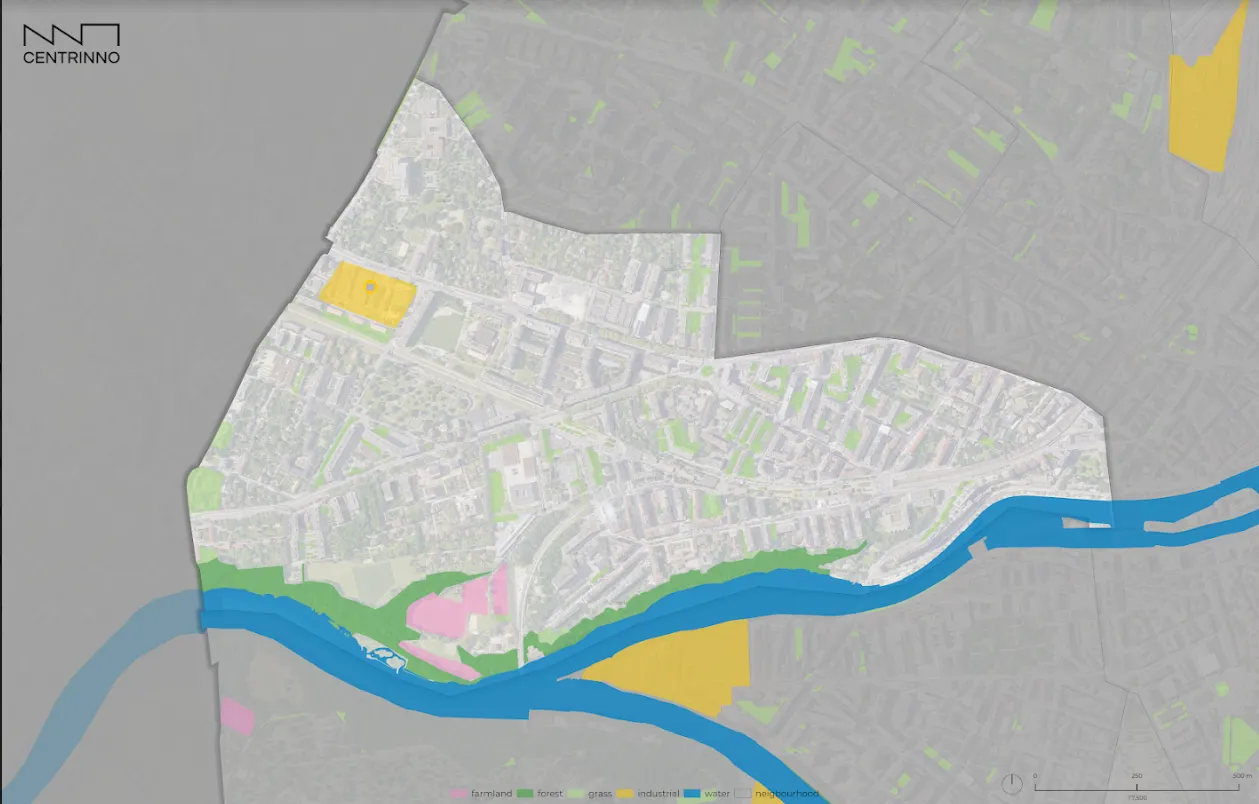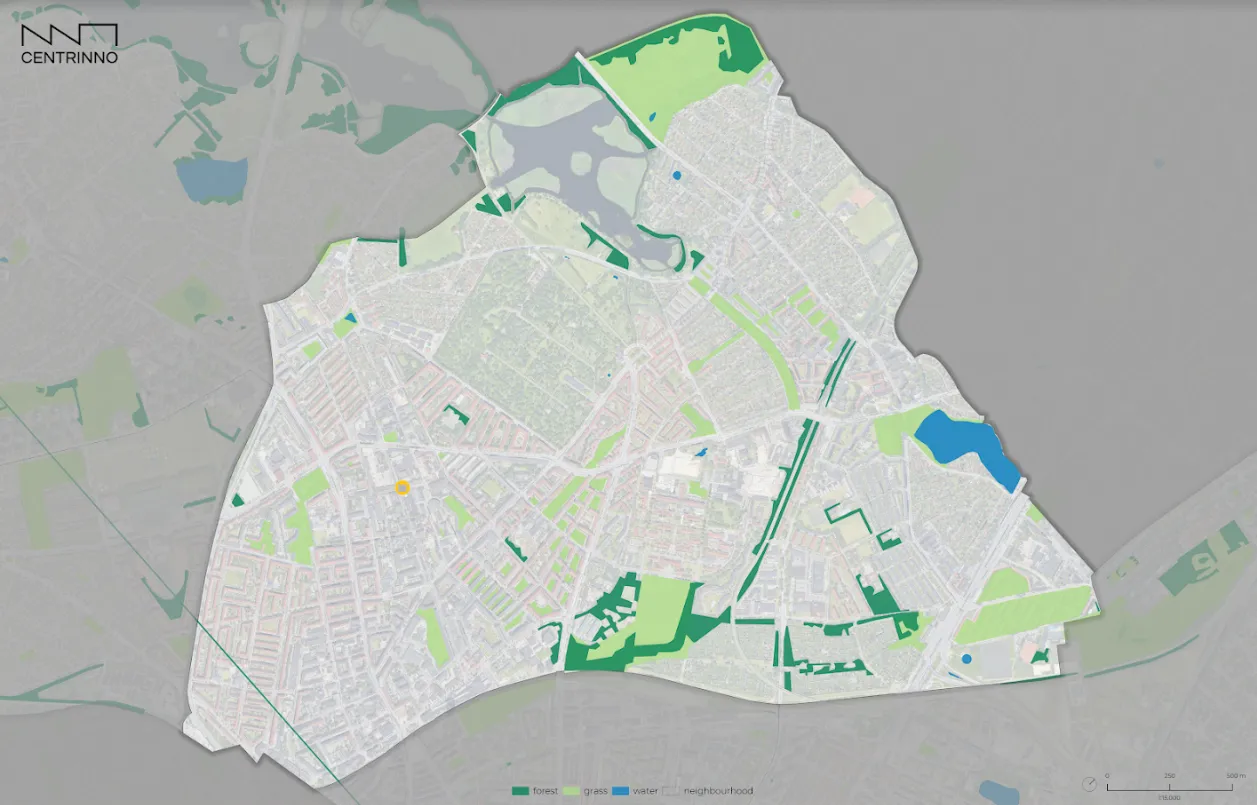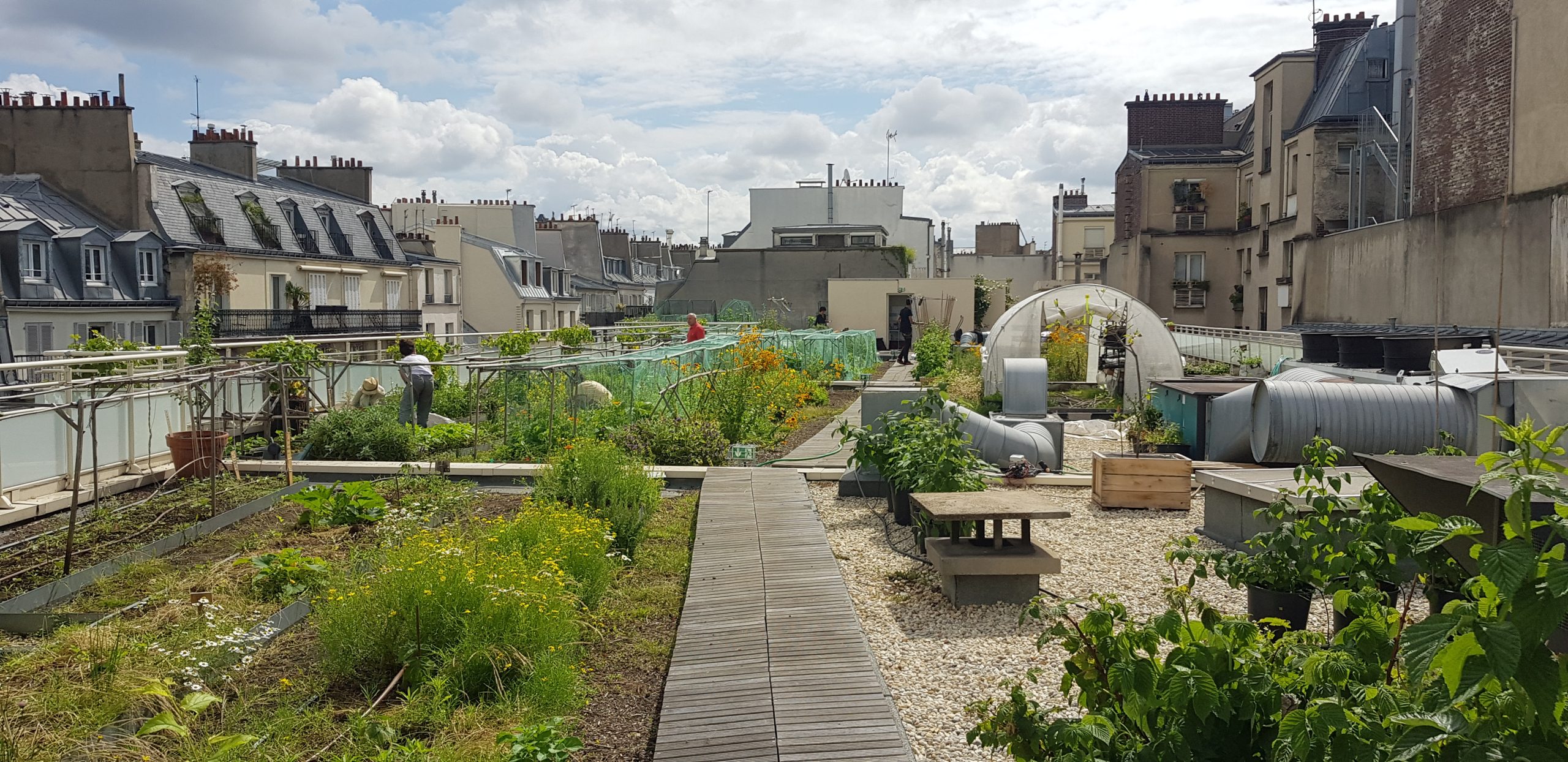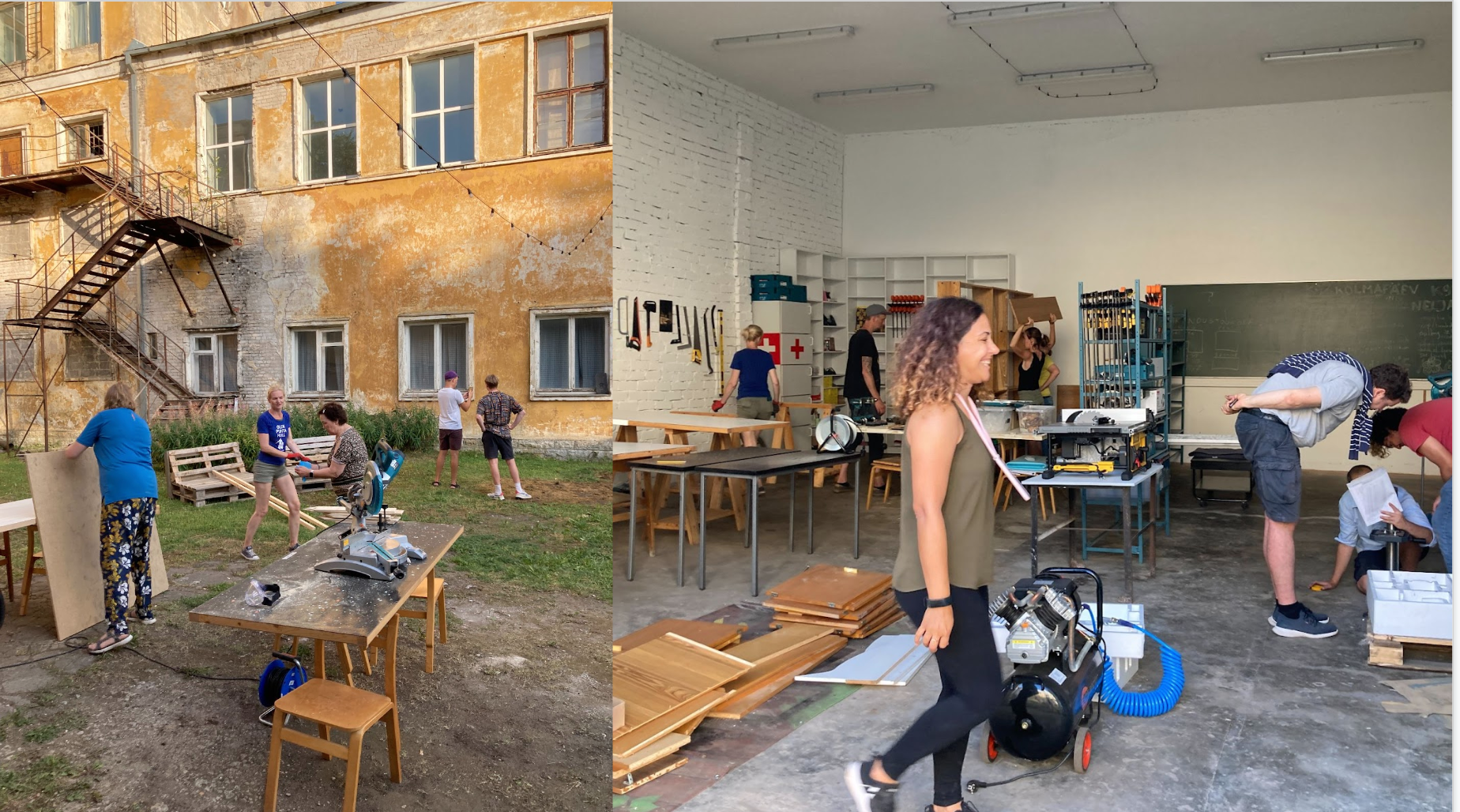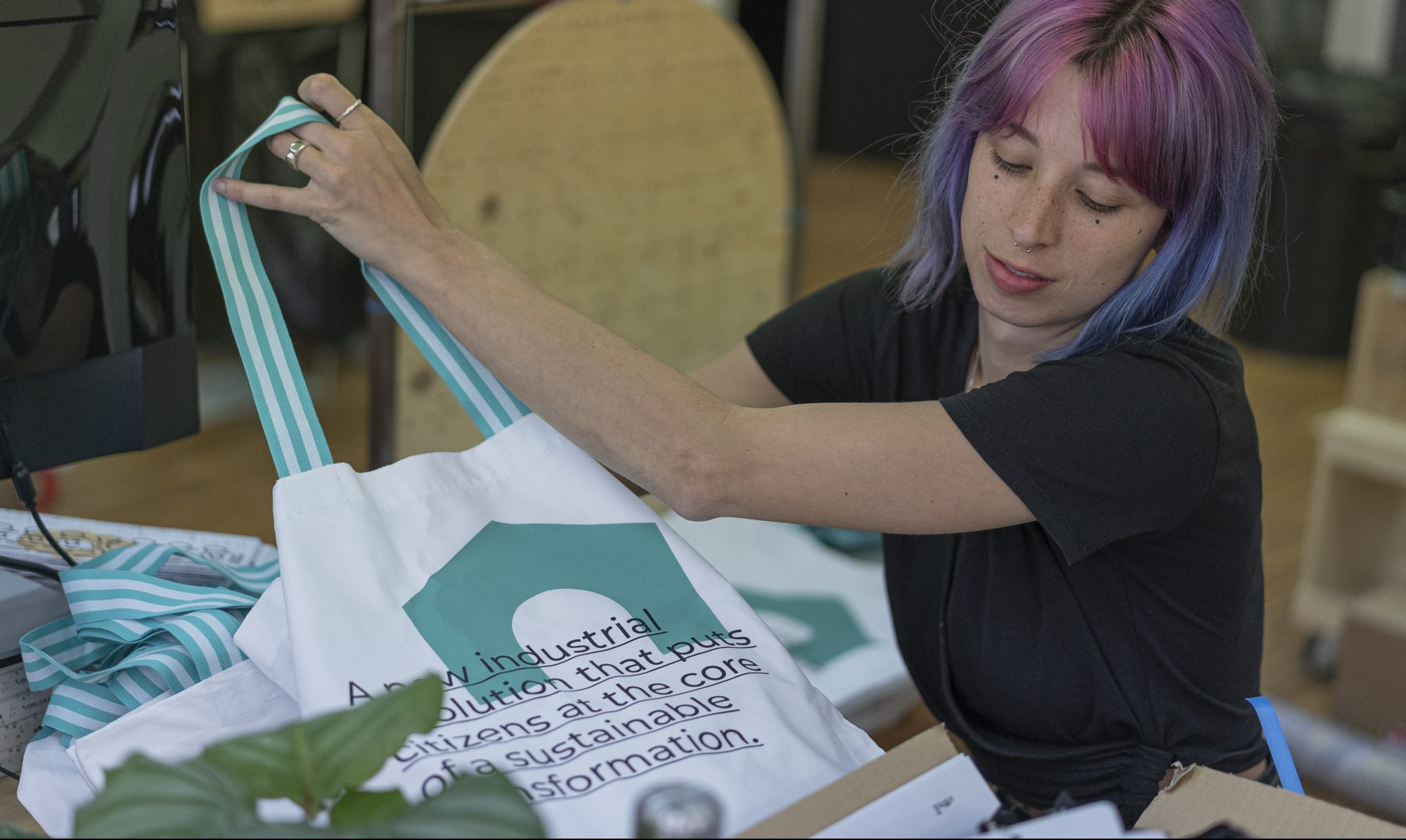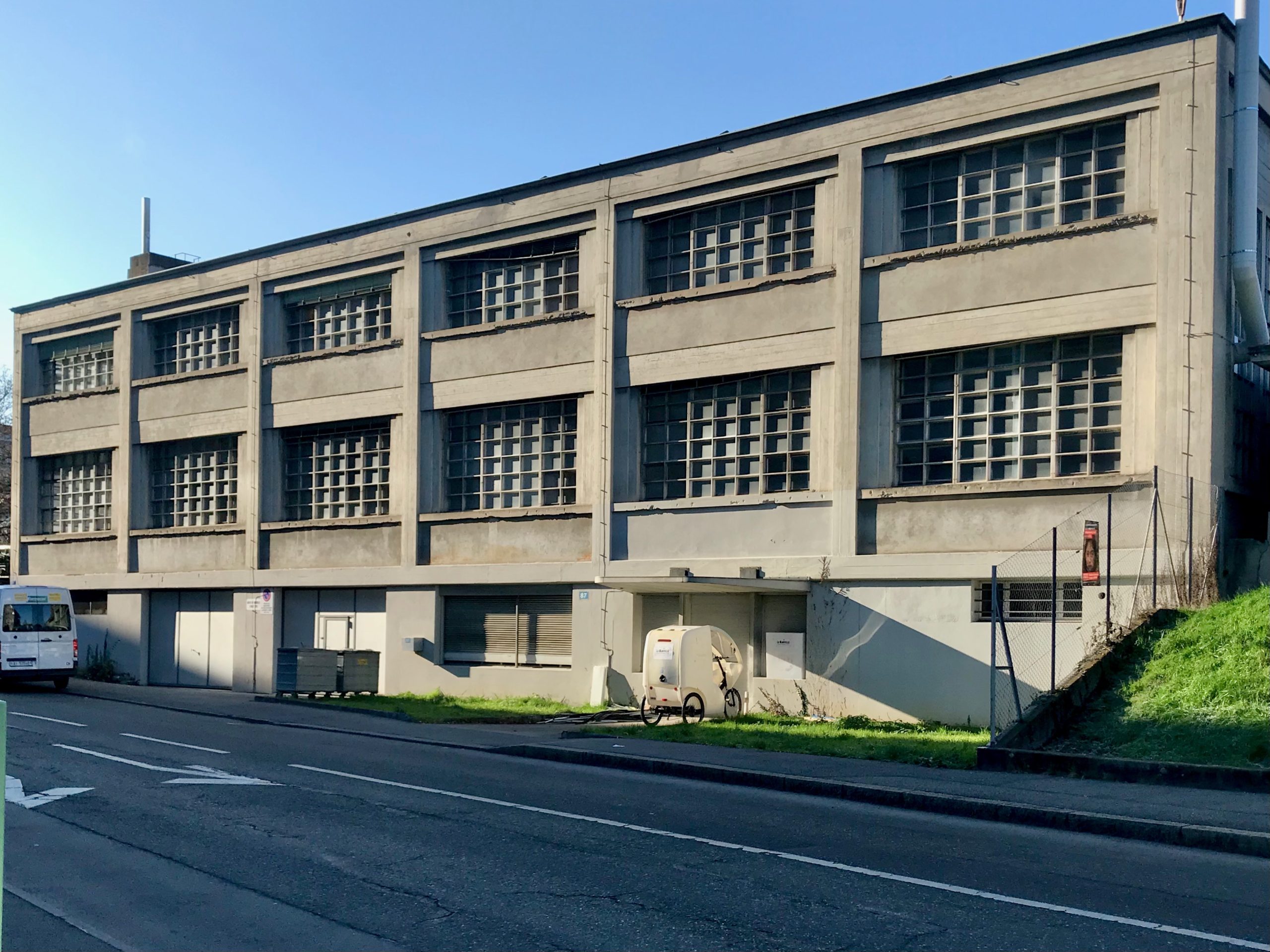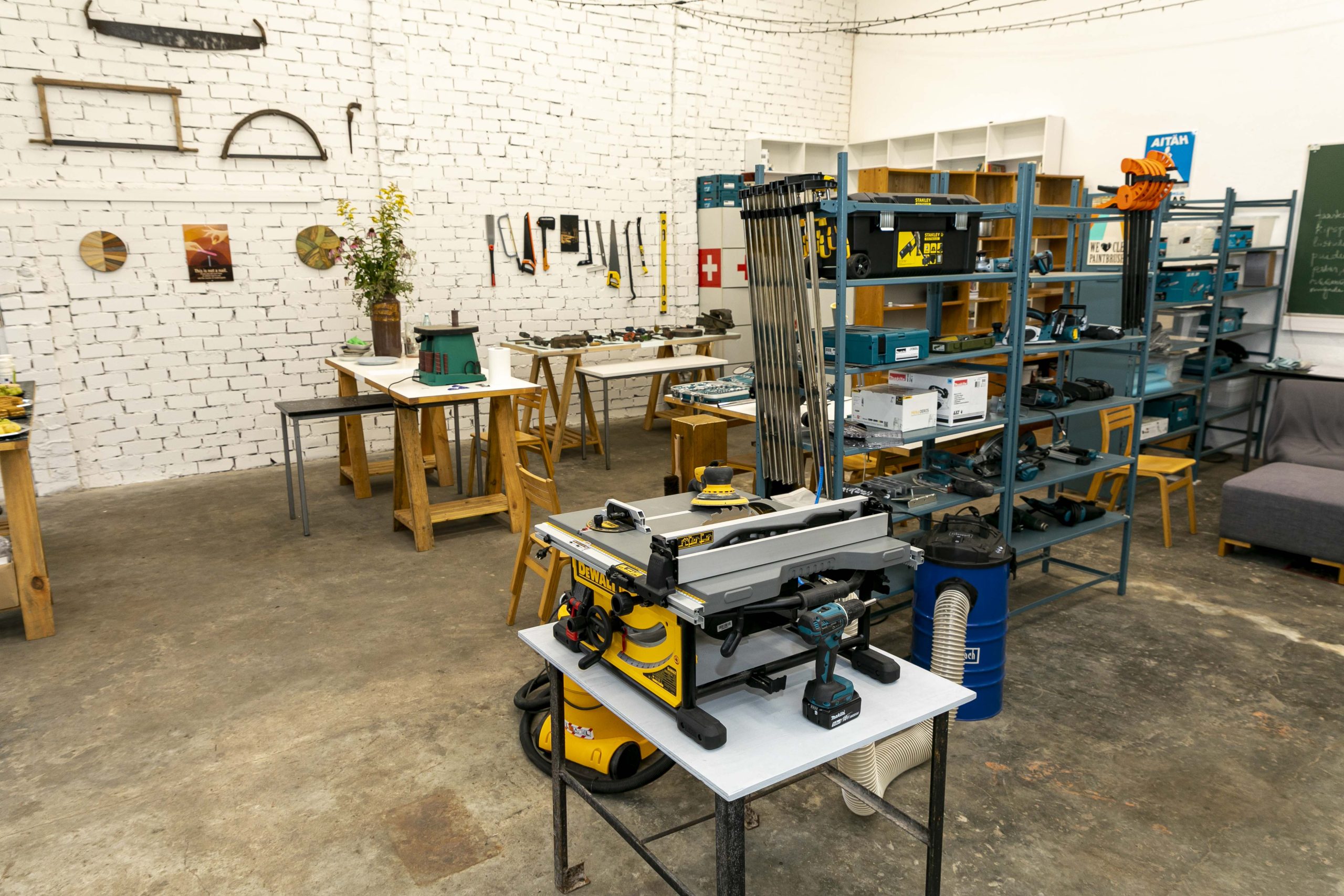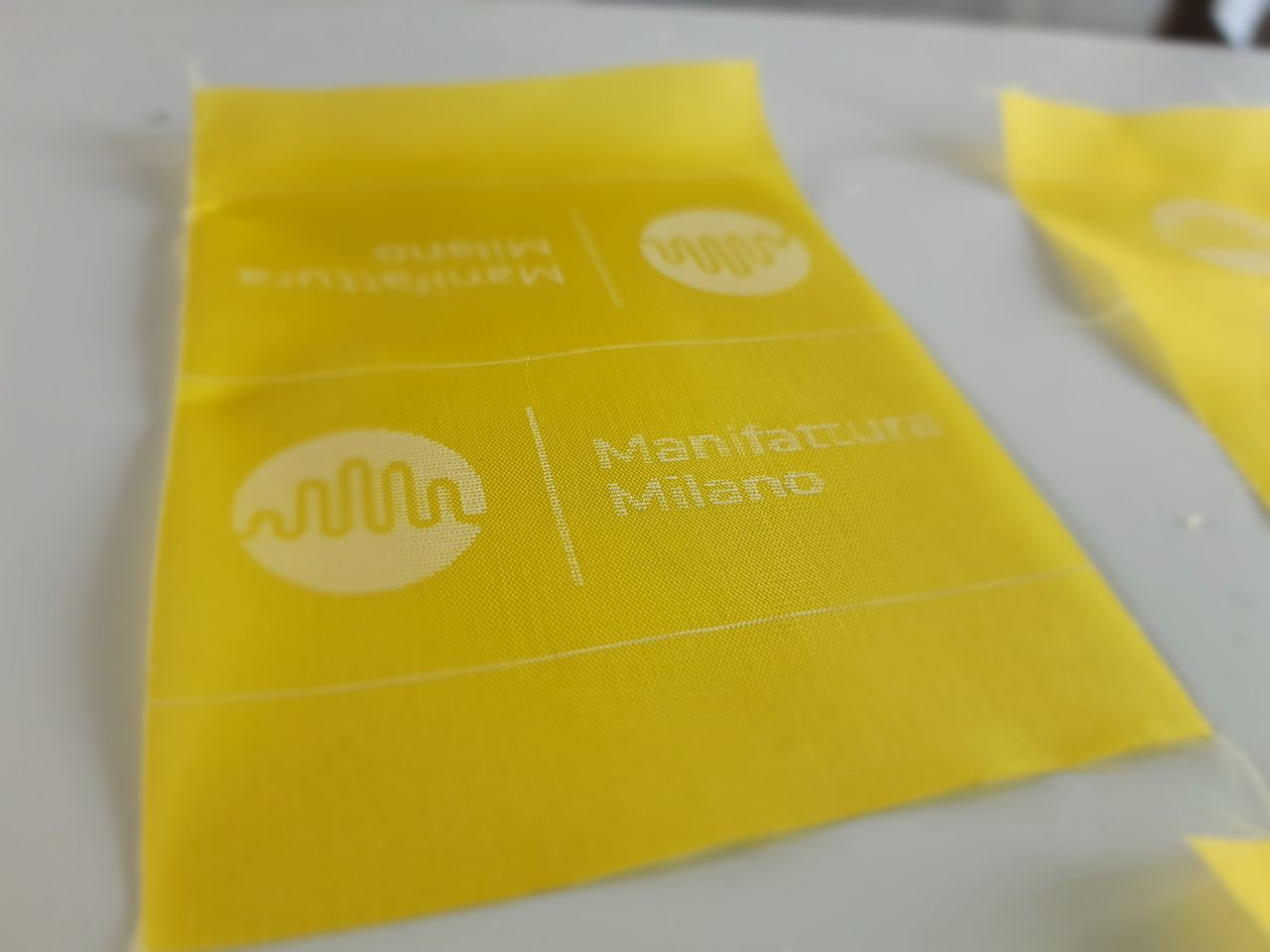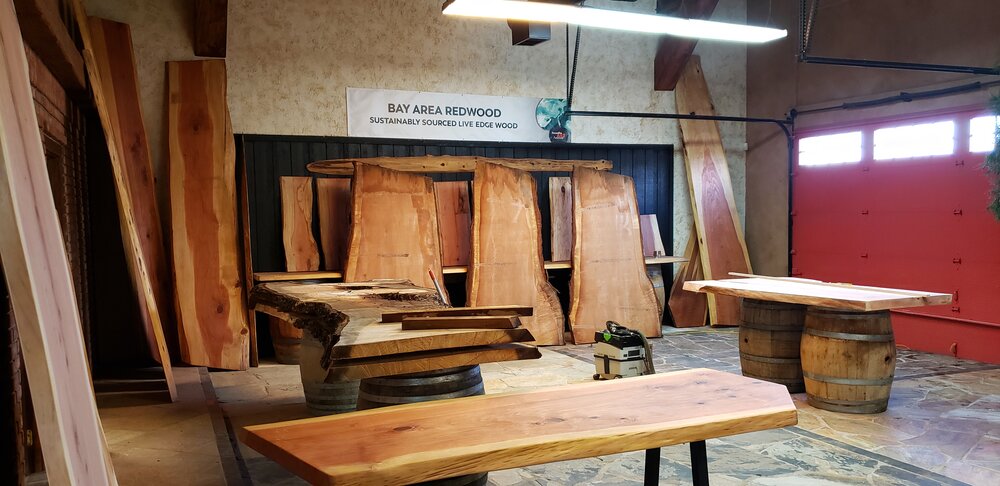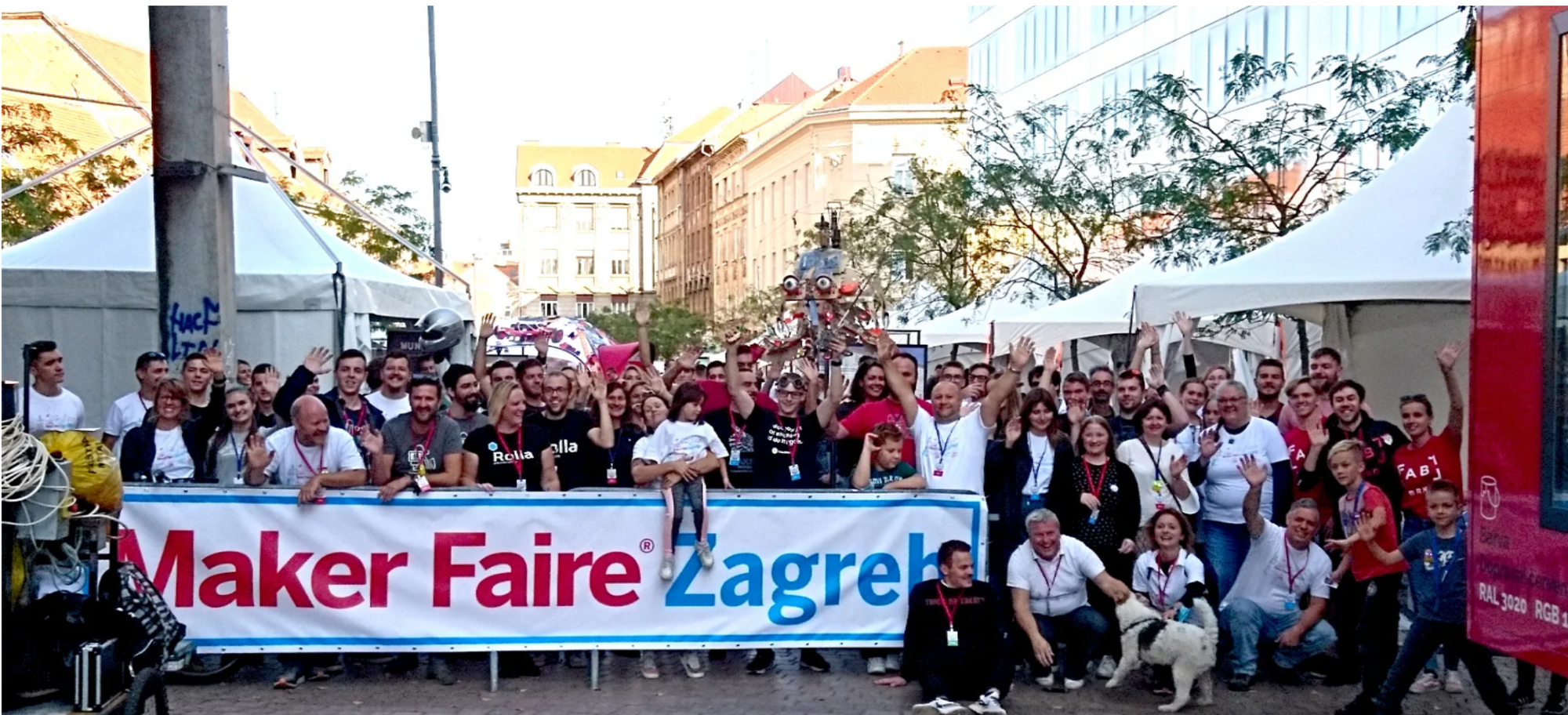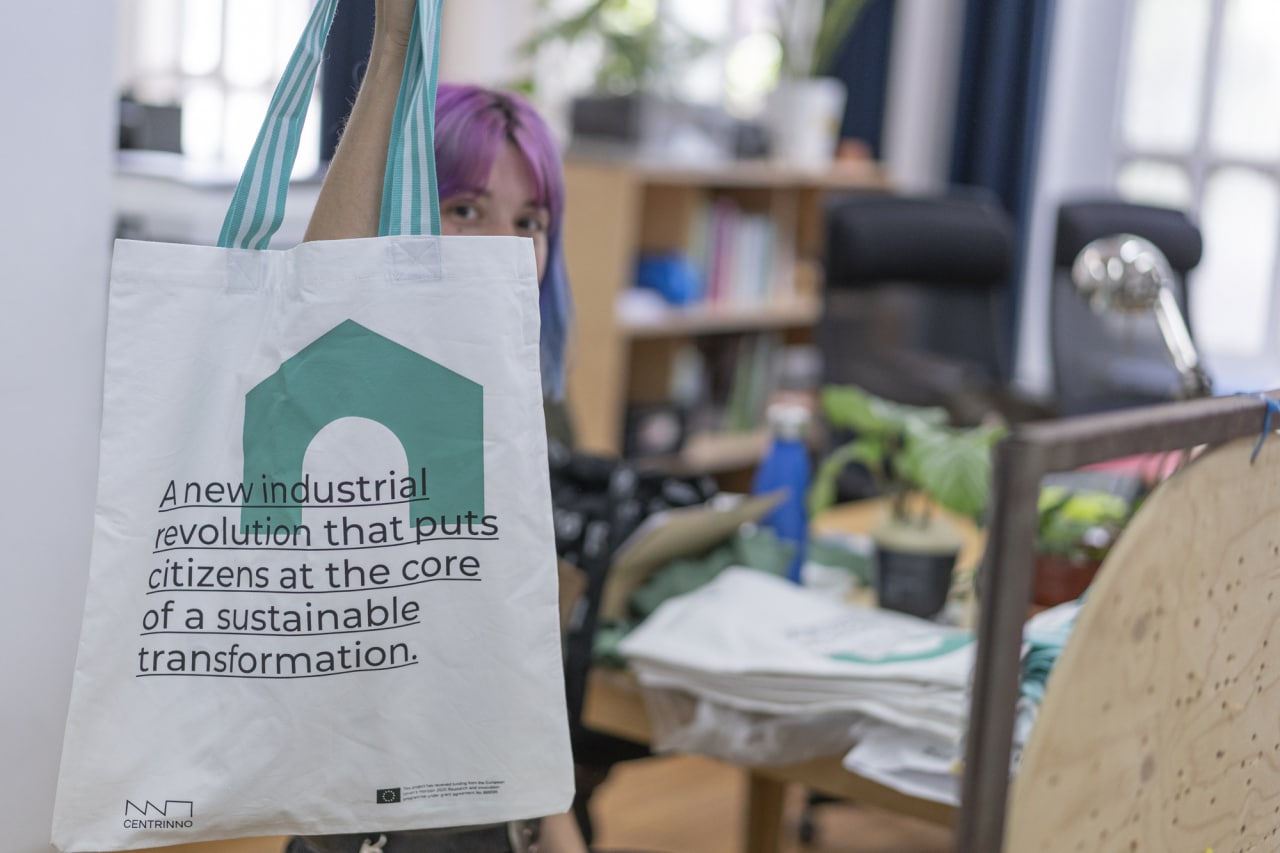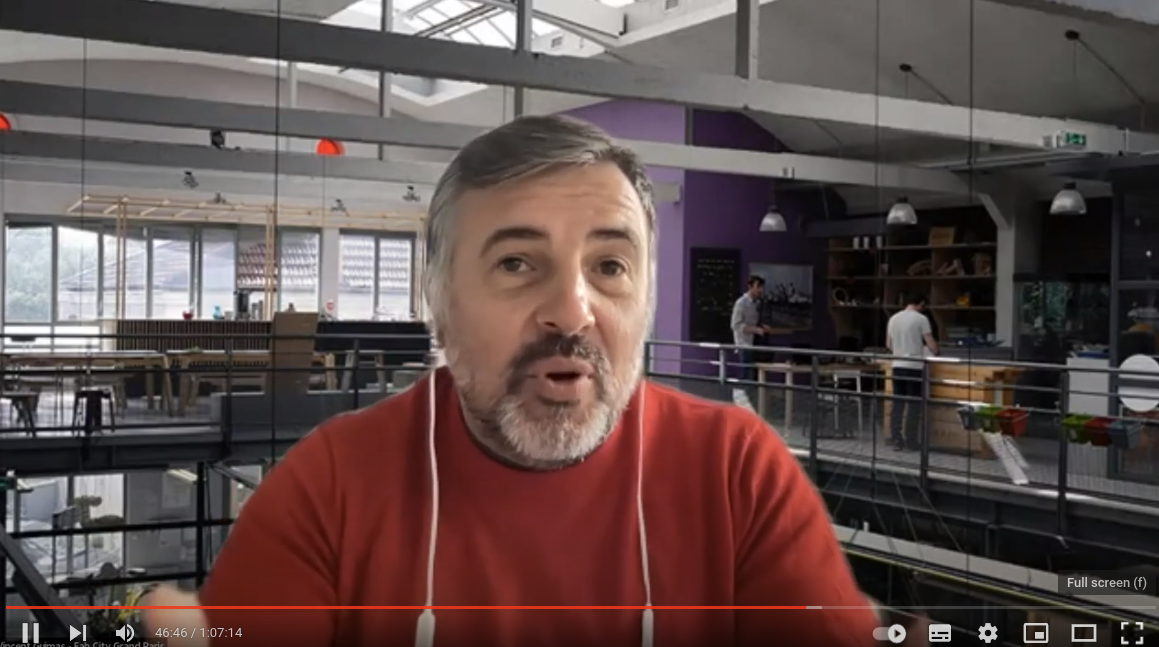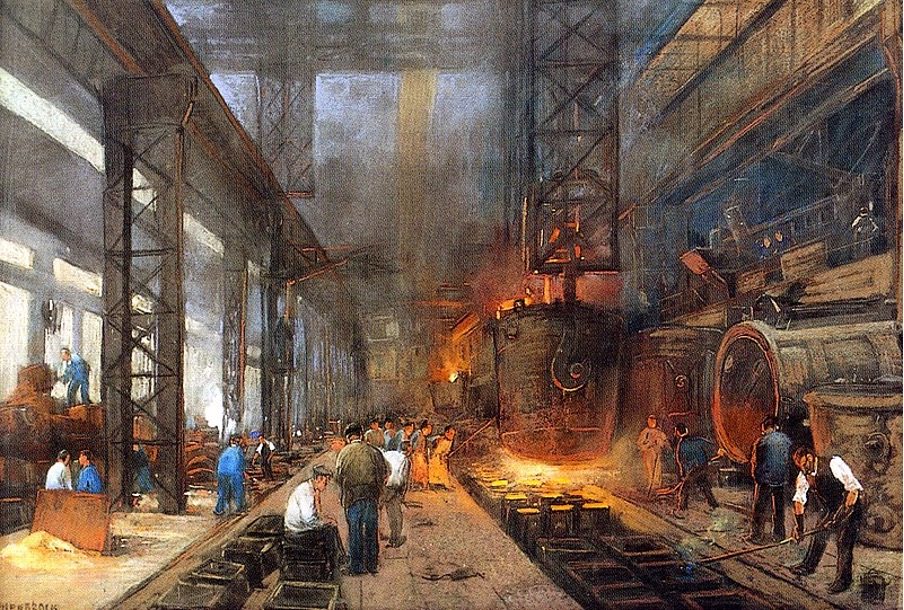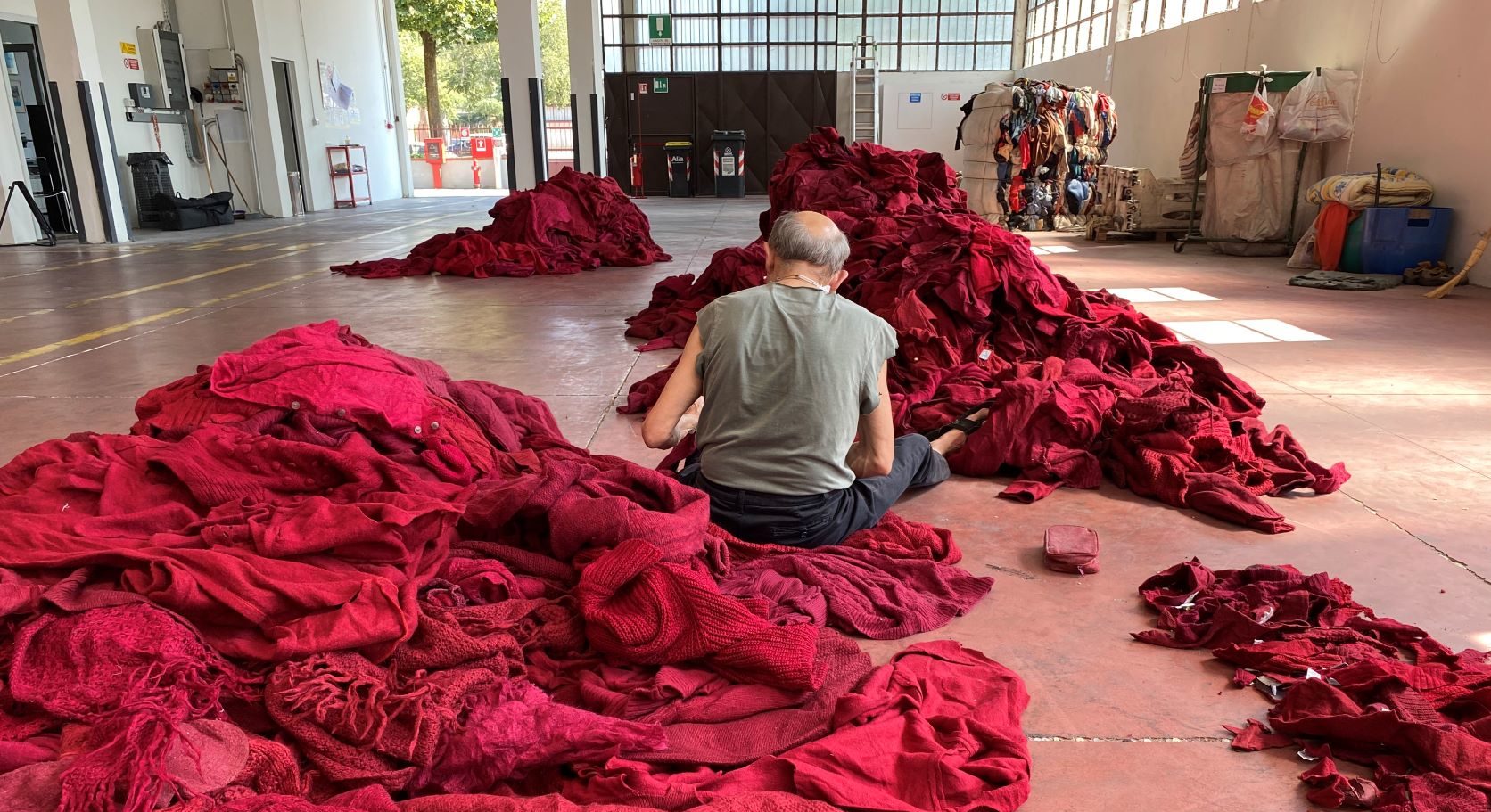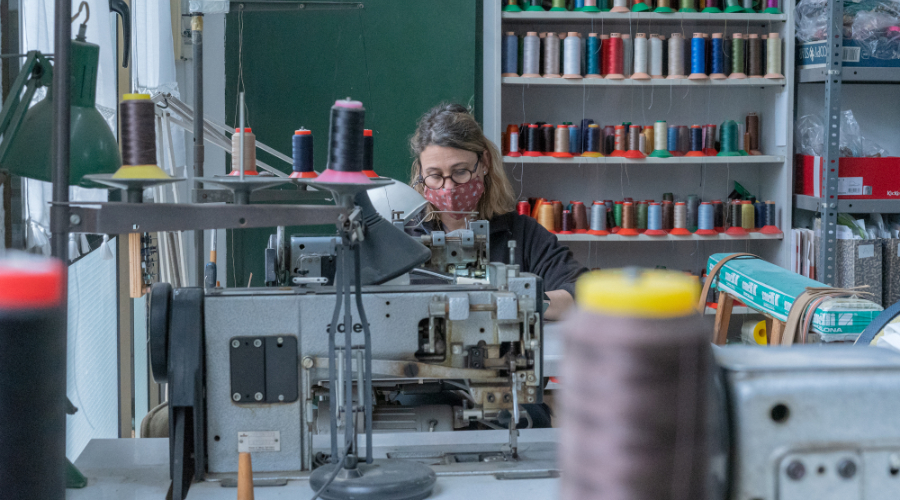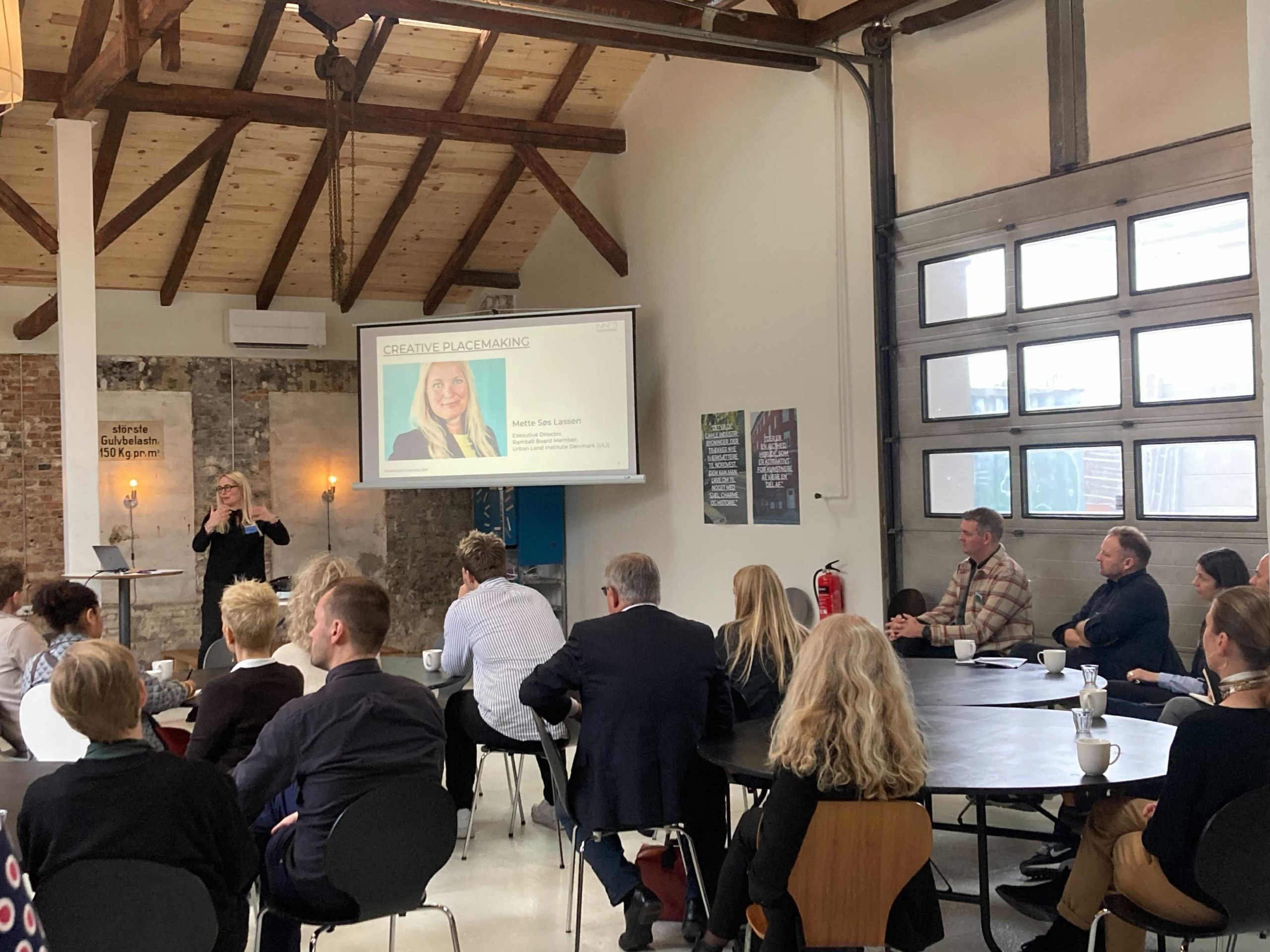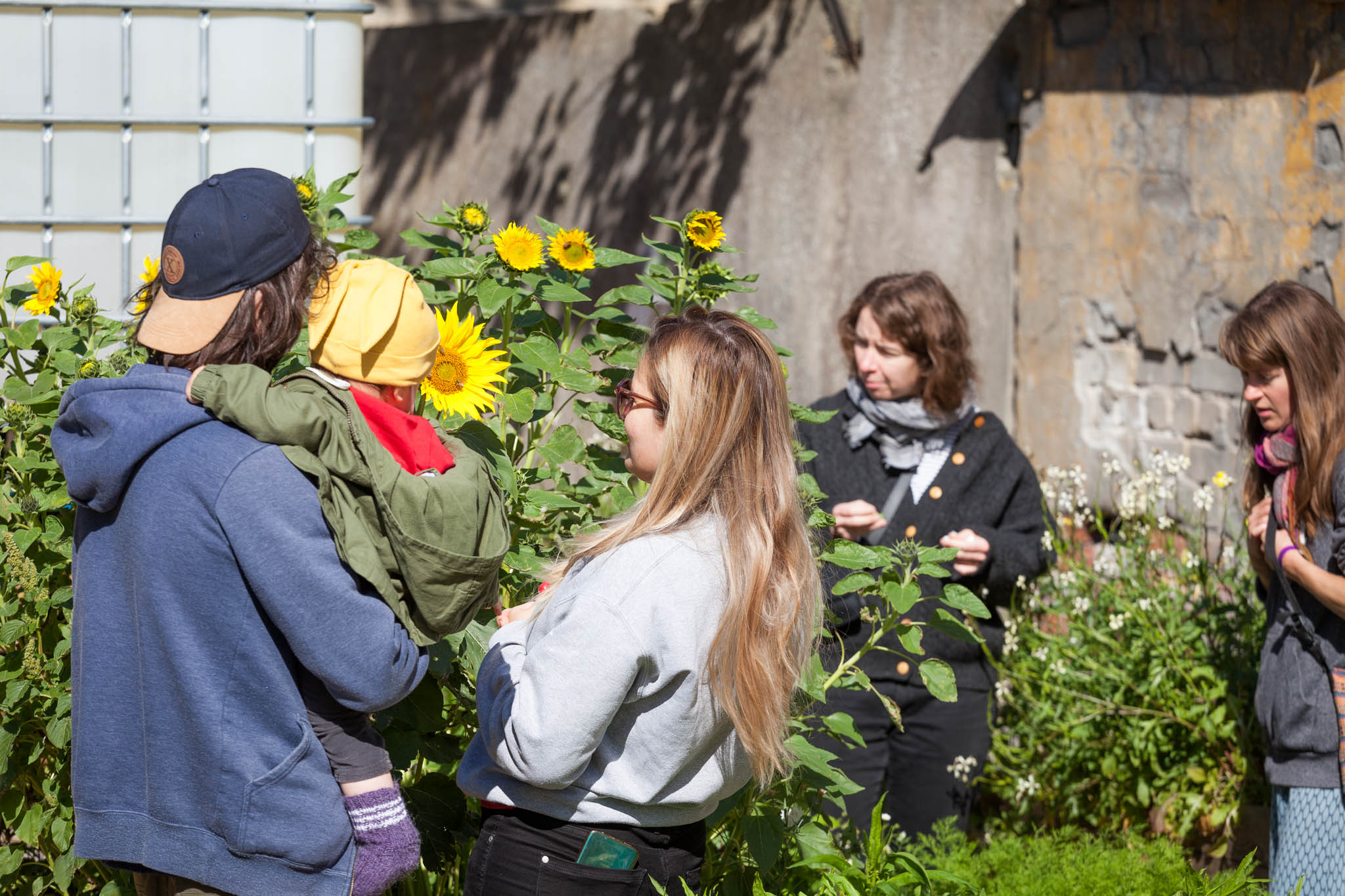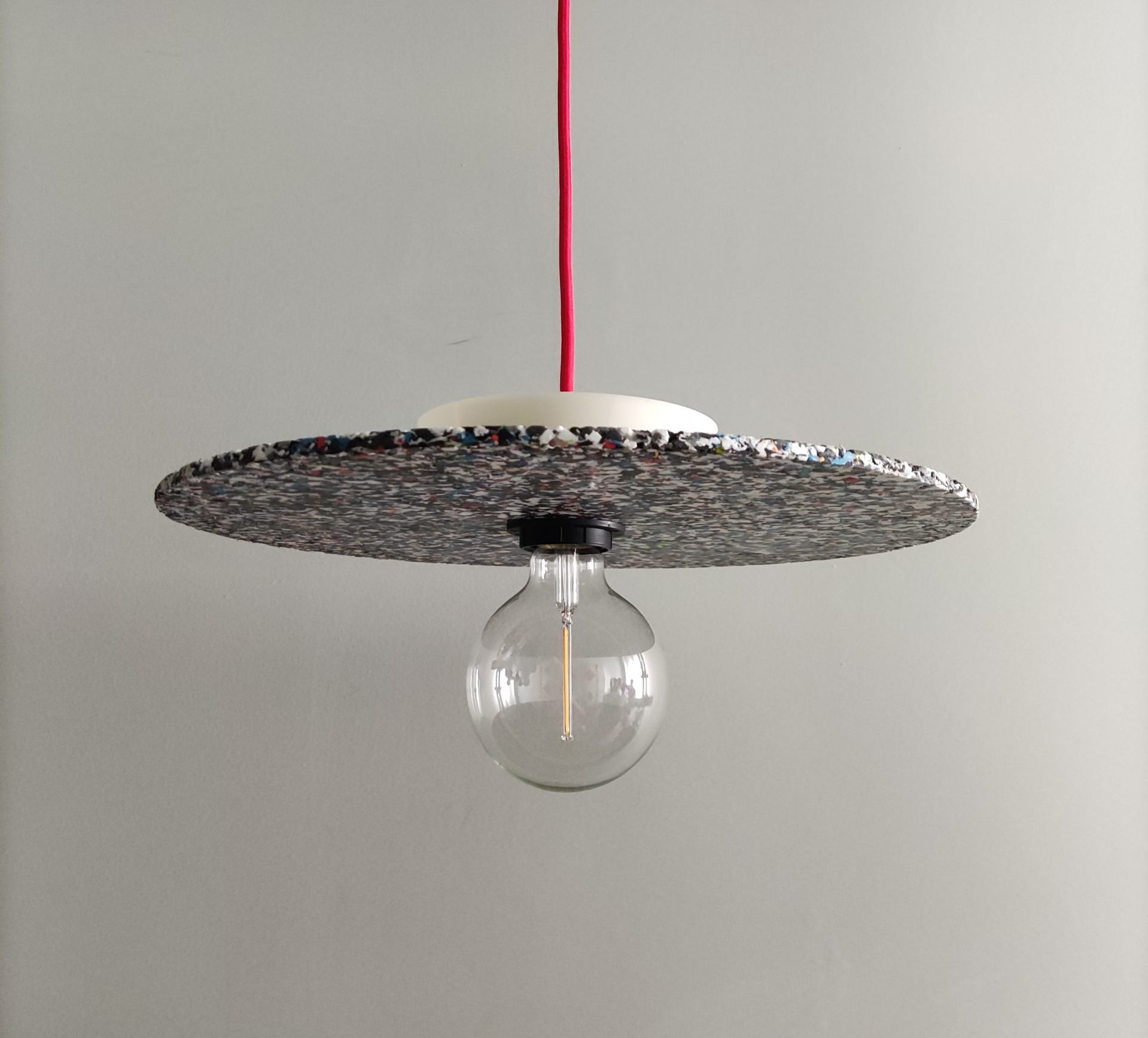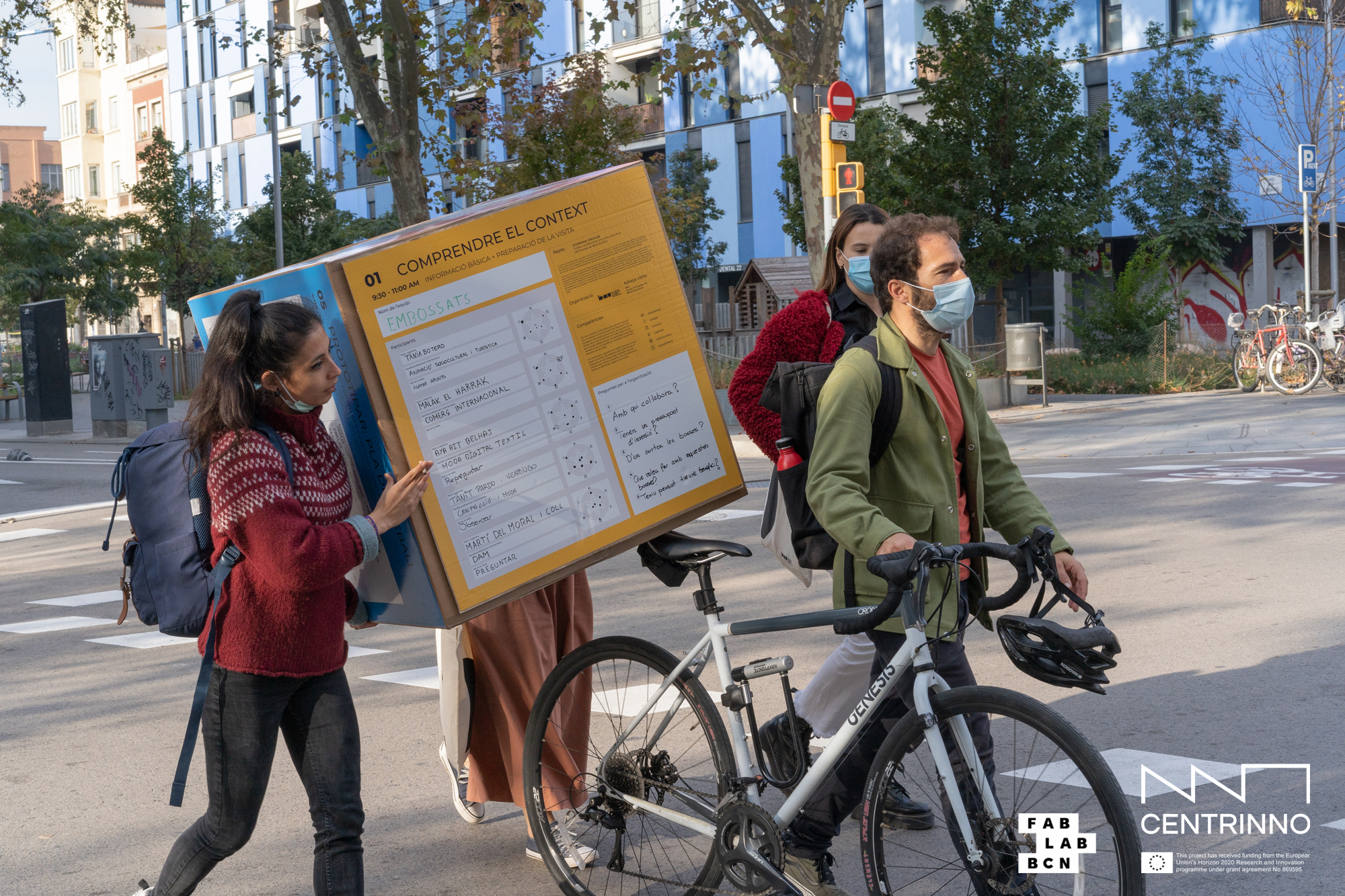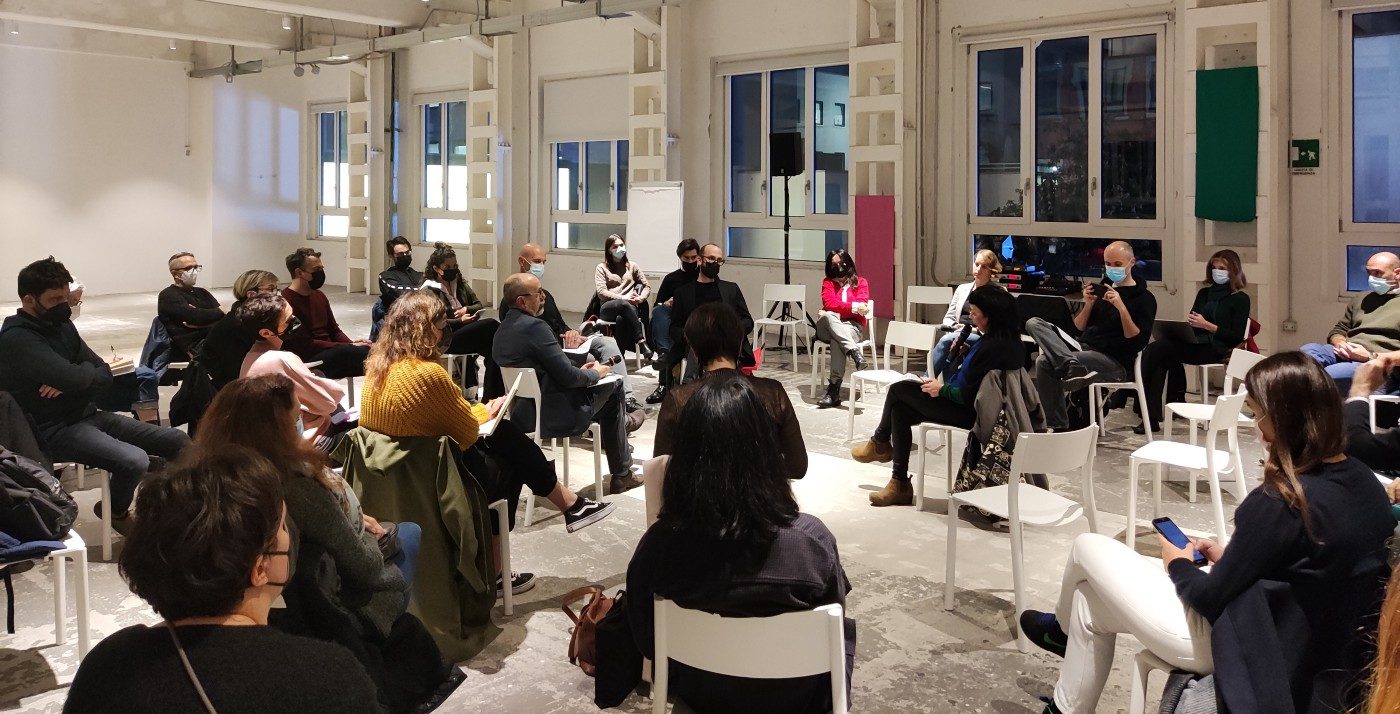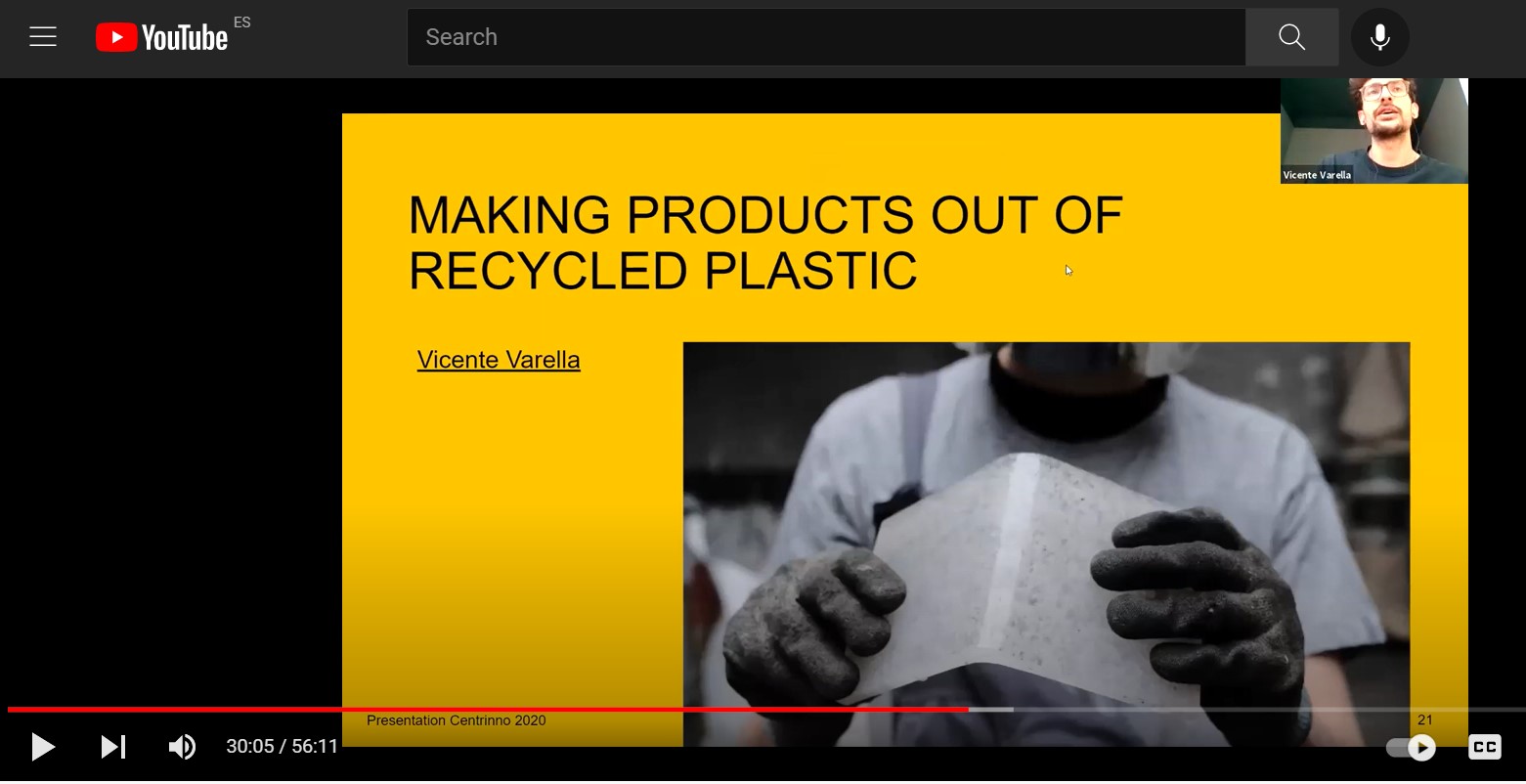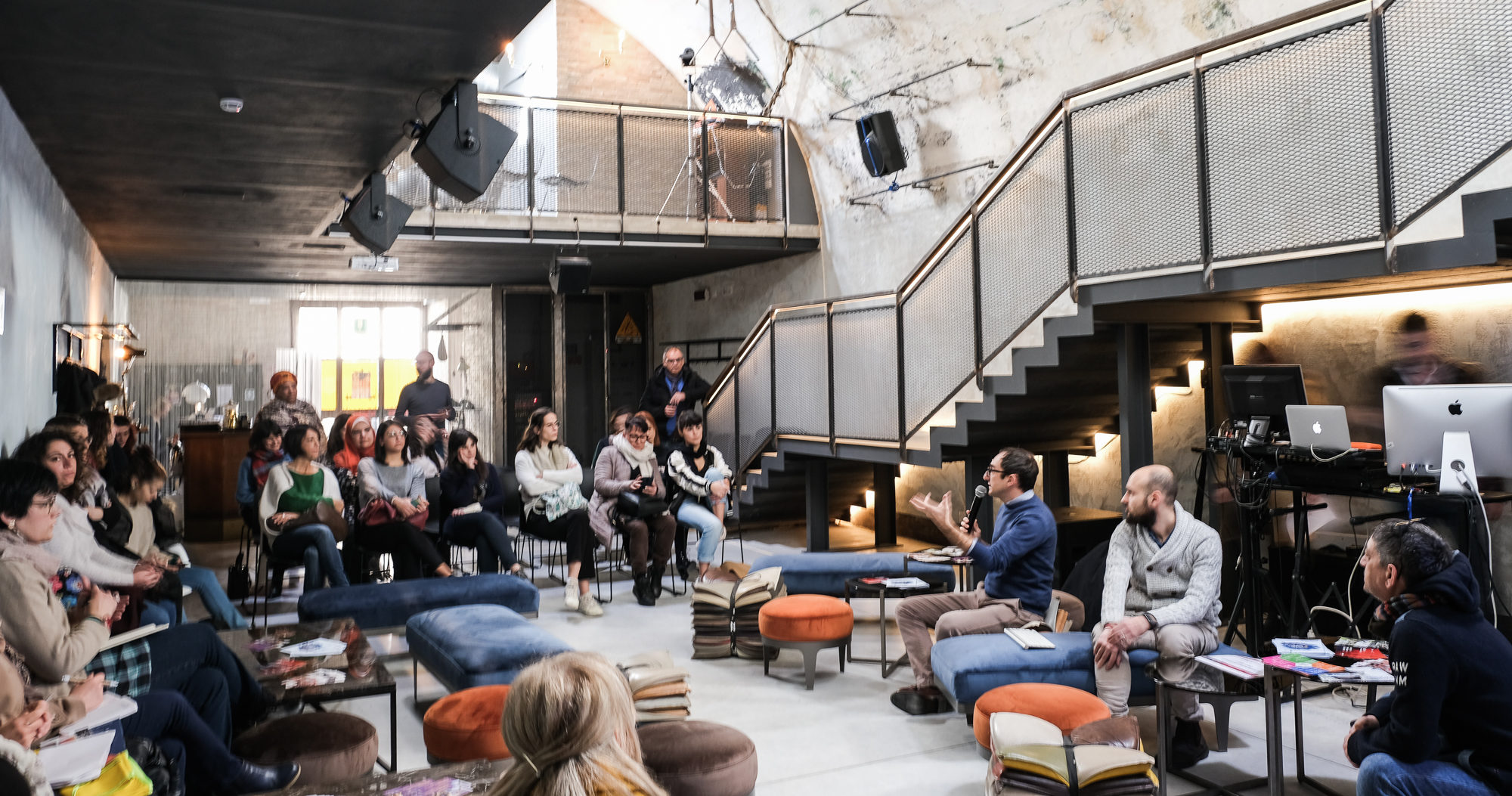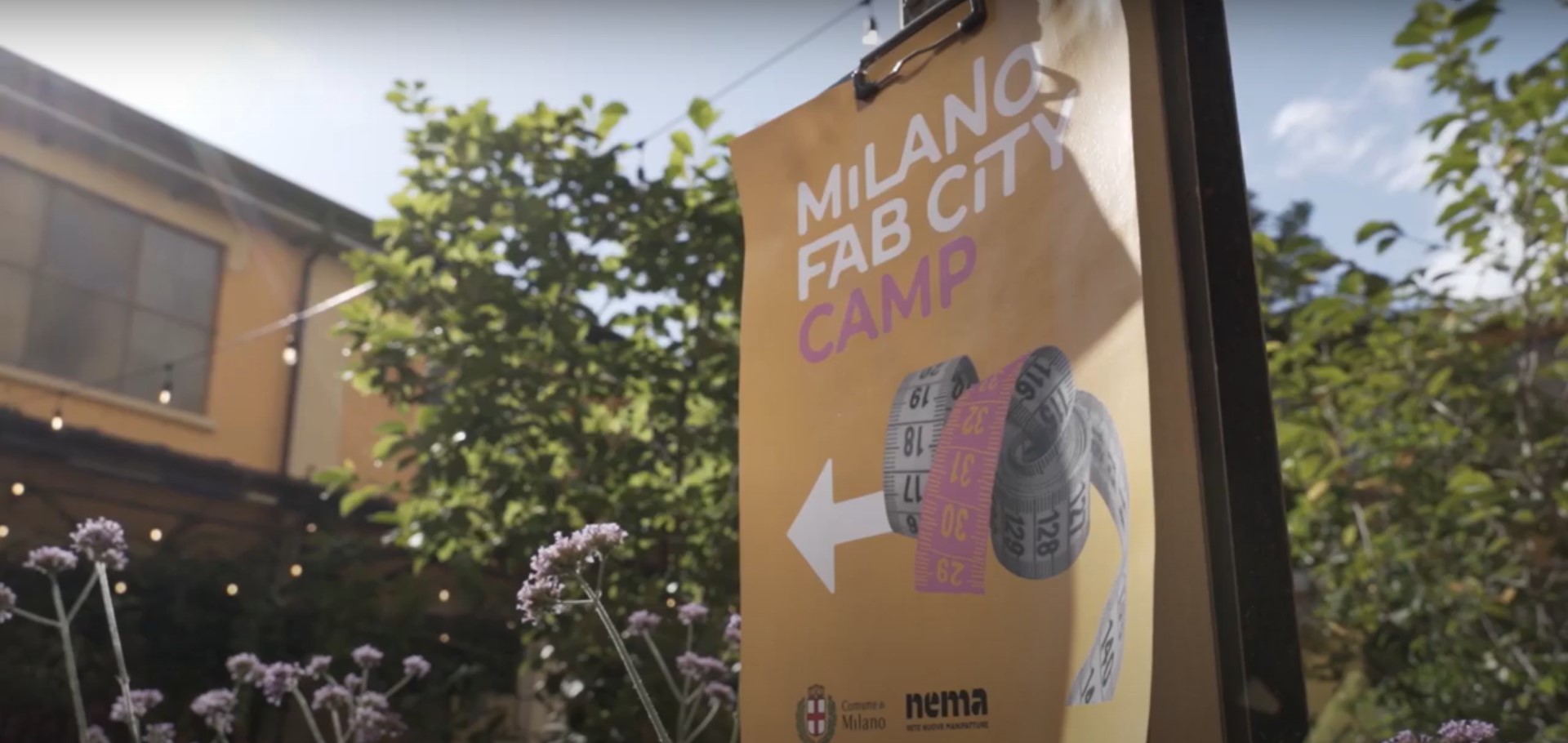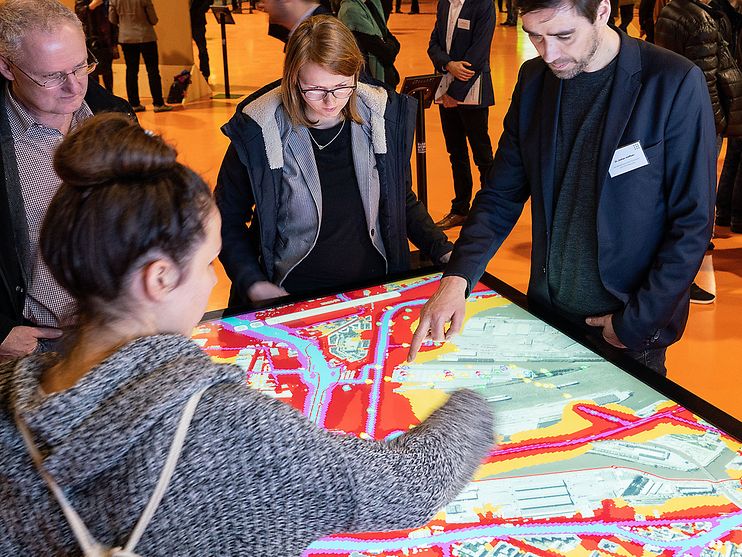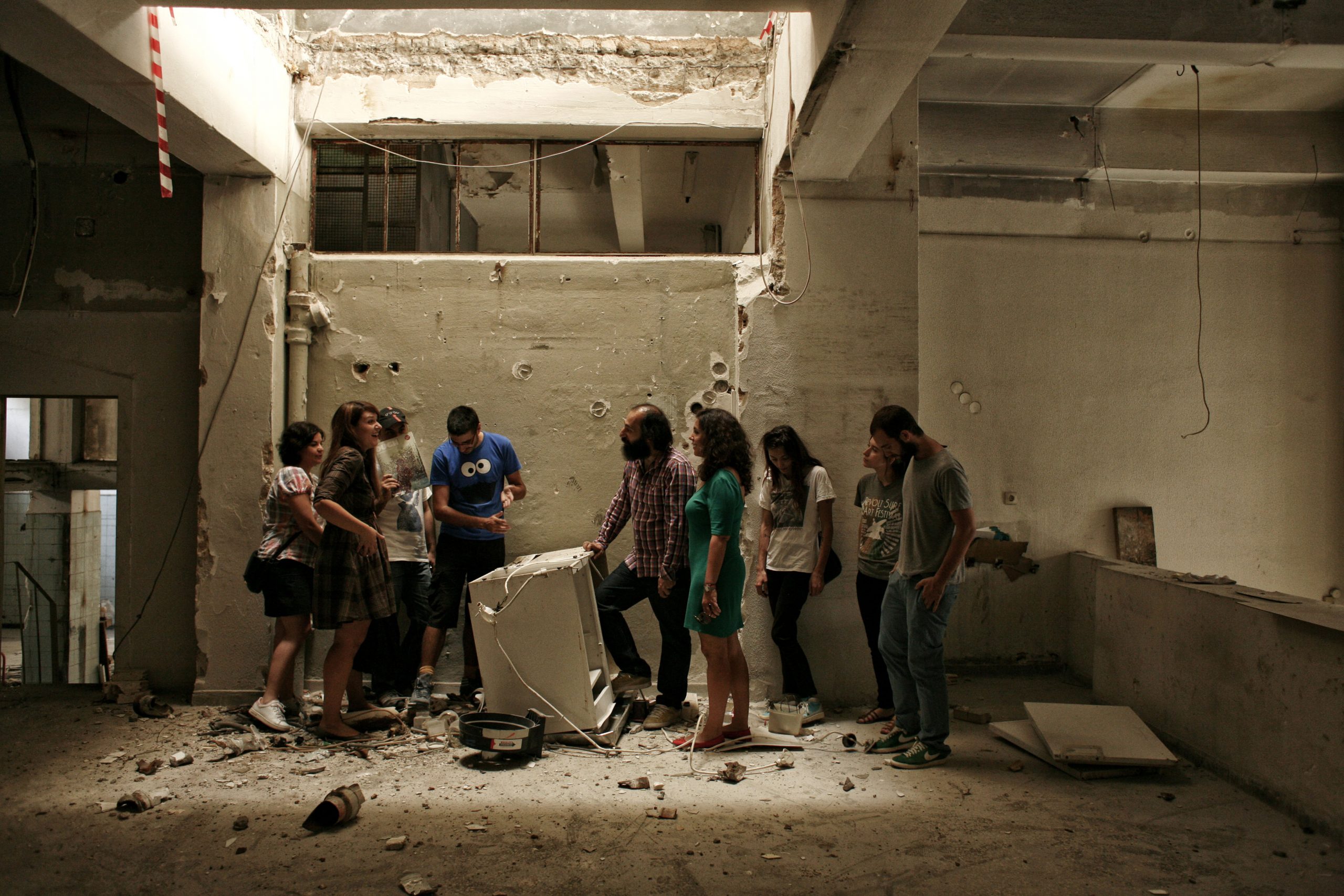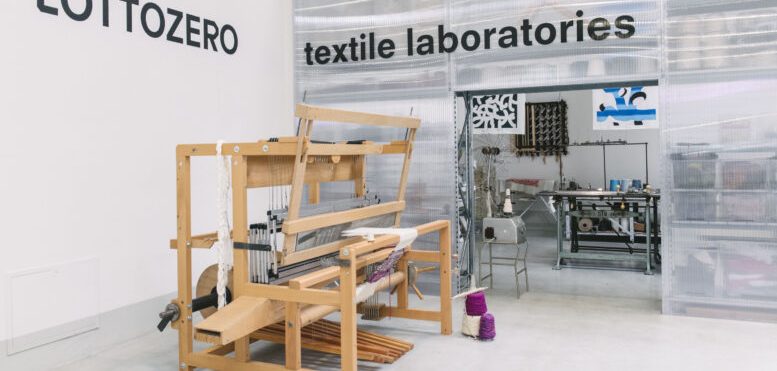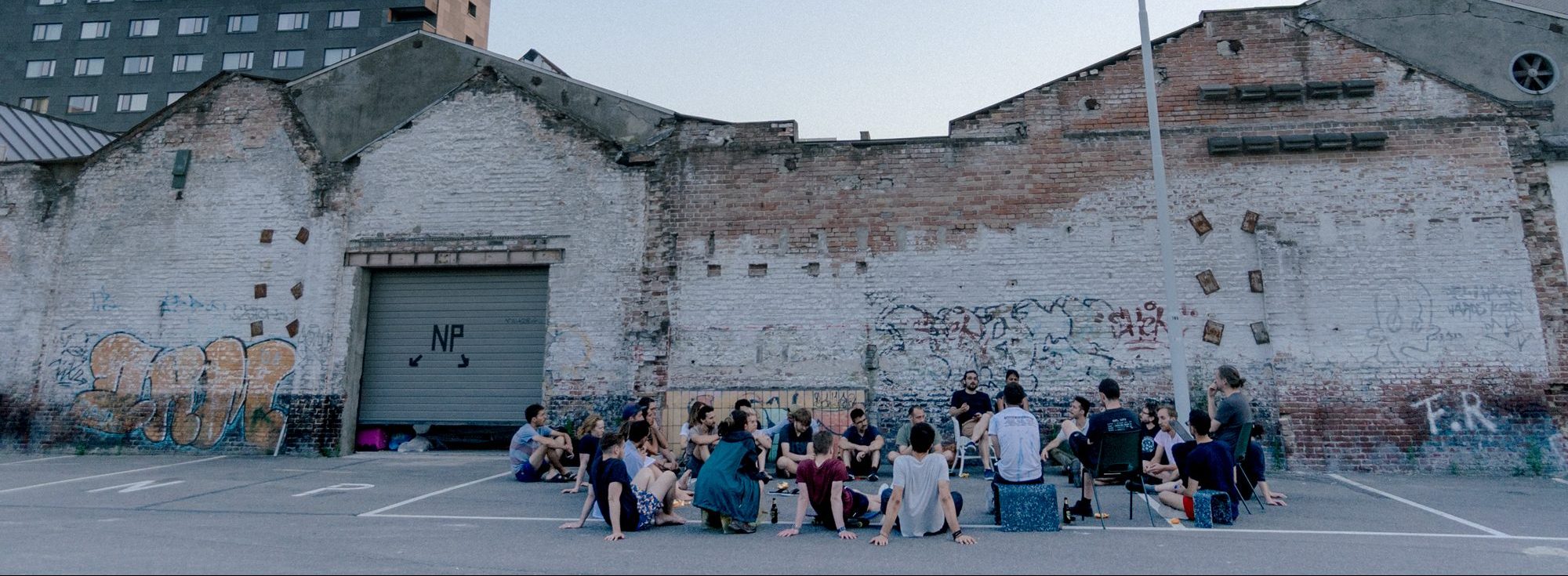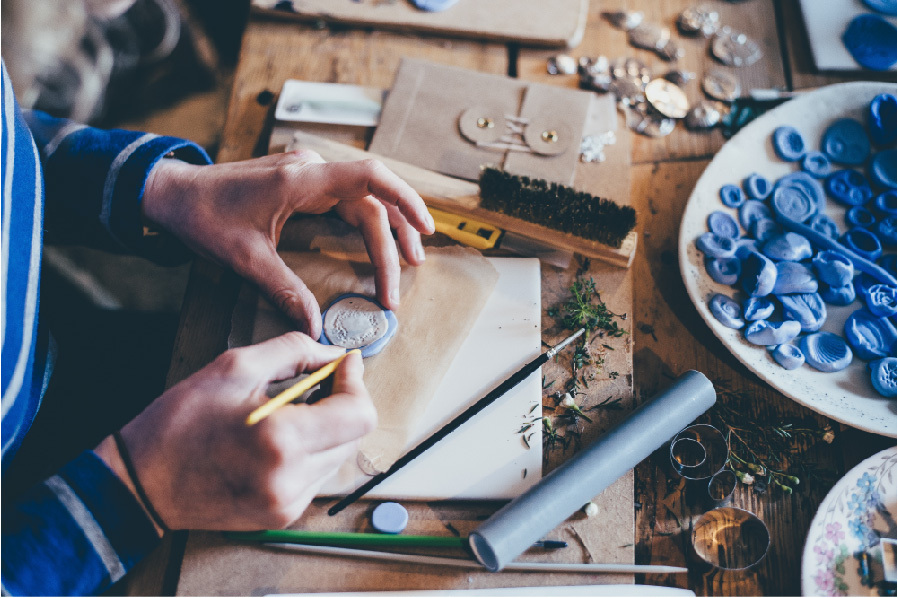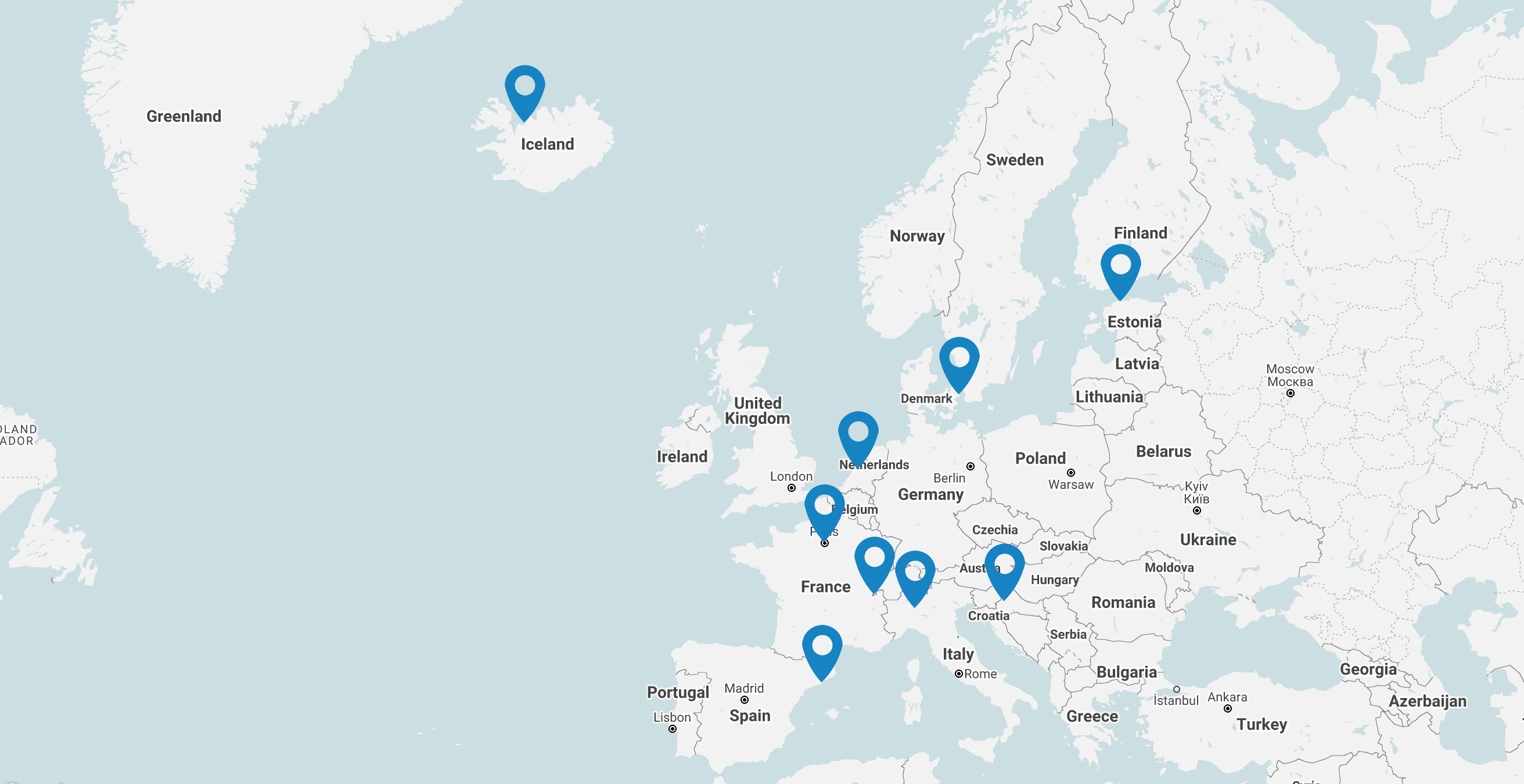BLOG
A year dedicated to skills
The year 2023 has been designated by the European Commission as the European Year of Skills. As the name suggests, this year’s initiatives focuses?on helping people get the right skills for quality jobs for long-term sustainable growth.
The series of initiatives around this theme perfectly matches with the ambitions of the CENTRINNO school programme, that puts?skills?centre-stage. Specifically, the CENTRINNO School focuses on building programmes and activities for developing 21st century skills?and lifelong learning to create a better fit for vocational and post-vocational training with the needs of 21st century urban manufacturing and circular economy based on local needs where it is implemented. ?
The CENTRINNO School?supports new economic models based on a circular economy that will only be able to develop and grow if workers can meet the skills demanded of this new economy.?By doing this, it accompanies the shift towards a circular economy and trains the local population in new technical and transversal skills such as circular design, product repair, remanufacturing, circular demolition, sustainable urban farming and system thinking.
Which skills are we talking about?
The research and the reflections about the 21st century skills abound but sometimes the mistaking of the target is evident: we often hear about the 4 C’s, critical thinking, creative thinking, communicating, and collaborating, which in effect, are skills useful to anyone from a renaissance man to an illuminist to a 21st century citizen. The issue is certainly complex as history has taught us that predictions of the future are often wrong and because the skills identification shall be a good comprise between being realistic and yet innovative.
Similarly to the approach chosen by the European Commission, the skills that shall be acquired in a CENTRINNO school initiative might be technical or transversal and ideally shall be combined. They should ensure that the green and digital transitions are facilitated and socially fair and just.??The twin transition will indeed restructure the entire economy, with tremendous effects on the labour market.
In the framework of the CENTRINNO School programme, Onl’fait and Metabolic supported by all the CENTRINNO pilots identified a list of circular skills, a subset of the skills needed for the green transition and digital transition.
Check out the MIRO board on circular skills mapping!
Four categories were created to group the skills: circular food, circular products, circular building and assisting the circular economy.
Circular food
The circular economy transition requires everyone along the food value chain to develop new knowledge, expertise and skills. It starts with reviving old techniques and finding new ways of growing food in a way that requires less materials, fertilzers and generates less waste.
Food processors need not only to develop new skills to fulfil the demand for climate-friendly and healthy foods – they also are required to reduce food waste during production. Consumers also have an important role to play. How can we keep better inventory of foods before they go to waste? How to meal-plan properly or how to preserve foods before it turns bad.
Once food waste is generated, the collection of waste and the extraction of nutrients for application on farms is where we need a lot of skills. How can we create compost and nutrient amendments that regenerate soil life at a large scale? How do you organize an efficient sorting and collection of waste streams that have a high-value application for industry or pharmaceuticals?
Circular products
Making products fit for a circular economy calls for a lifecycle approach. Designers, product developers and manufacturers all are required to think about their products as part of a system. Especially in cities, where makership is becoming a rare resource, small-scale producers can profit from combining digital manufacturing technologies with craftsmanship. Being well-versed in lifecycle thinking and circular business models, yet, is not all. Citizens also need to develop essential skills in repair and care for consumer goods that are the foundation for a long-lasting life for our clothing, electronics or furniture.
Towards the end of the product life, everyone need to develop experience in properly distinguishing between waste and valuable resources. This requires a good understanding of materials and their recyclability.
Circular building
The building sector is one of the largest emitters of carbon as well as generators of waste. Changing construction and demolition practices towards a circular system requires special attention to new skills and knowledge.
Designers & architects need a good understanding of circular design practices for the built environment, while also being able to ensure all chosen materials are recyclable in the future. Next, the construction site itself is a source of wastes which can be used as raw materials. Construction workers need to be able to distinguish between trash and reusable components, whilst being able to find ways how to separate out valuable materials from demolished or left-over building materials. Once a building is up, the skills of maintenance and repair workers are essential. Imagine a world without plumbers or electricians. At the same time, with a trend towards more sophisticated buildings, the skills of repair workers might also change. Building technicians need to be prepared to fix heat pumps, solar panels or complex air conditioning systems. In a water-saving future, maybe plumbers will need to fix water-less toilets or make sure shower team is reused for onsite heat recovery.
At the end of a building’s lifetime, selective demolition and deconstruction of buildings is also an area which calls for new skills and expertise. To close the circle, designers reusing old materials are likely required to be more flexible and creative in integrating as much recovered materials as available,
An example: digital tailoring in Geneva
The adult training courses that Onl’fait, Geneva, offers to unemployed people selected by the regional employment office concern textiles, carpentry, and the Internet of Things, and includes training in the use of specific machines and techniques, participation in the life of Onl’fait, and the development of a personal project.
In Fab Labs such as Onl’fait, many users work with textiles, leather or biomaterials to create digital wearable experiences, clothing or accessories. These projects are made with sewing and digital embroidery machines, but also with the laser cutter, vinyl cutter and 3D printer. Open source software such as Valentina has been developed collectively to design parametric patterns. In addition, electronics are often integrated to create smart clothing and new biomaterials are made and used to test more sustainable alternatives to traditional textiles. The transition from purely mechanical to digital machines is a source of immense possibilities, innovations and job opportunities, in the medium but also short period, such as parametric digital pattern making and digital embroidery. Society is now asking the textile industry to support its ethical and sustainable revolution without forgetting the commercial, aesthetic and practical vision. This is the twin transition CENTRINNO schools are contributing to.
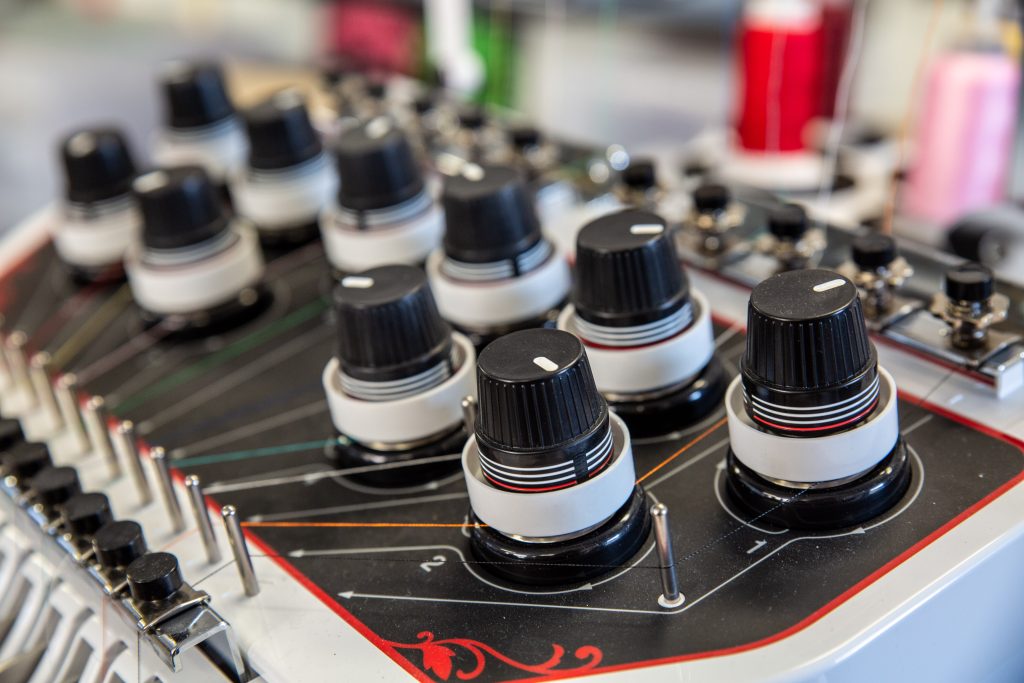
Conclusion
CENTRINNO schools objectives are aligned with the EU support to the green and digital transition. Lifelong learning, microcredentials and the recognition of non-traditionally acquired skills gain importance in times of a rapidly changing labour market, faced by the twin transition. To properly retrain, reskill and upskill, courses need to be short, concise, flexible and modular to fit as many people as possible. The EU wants to achieve a culture of learning where 60% of the workforce participates in adult training.
In the framework of the CENTRINNO school research, a few points deserve further exploration and specifically: 1) how technology can effectively contribute to the circular transition 2) the role of vocational schools in the acquisition of these new skills 3) the attractivity of the circular economy jobs 4) microcredentials and certification
Follow up CENTRINNO project to stay updated!




